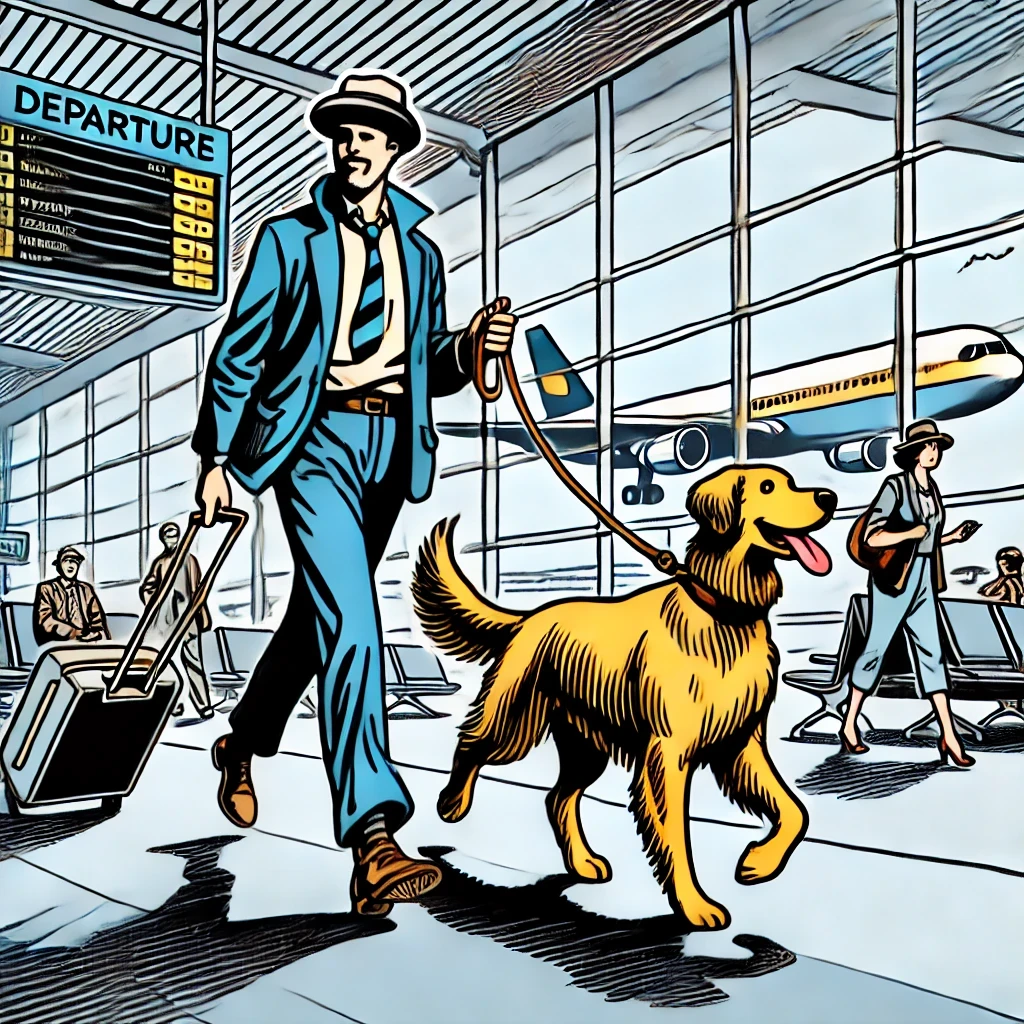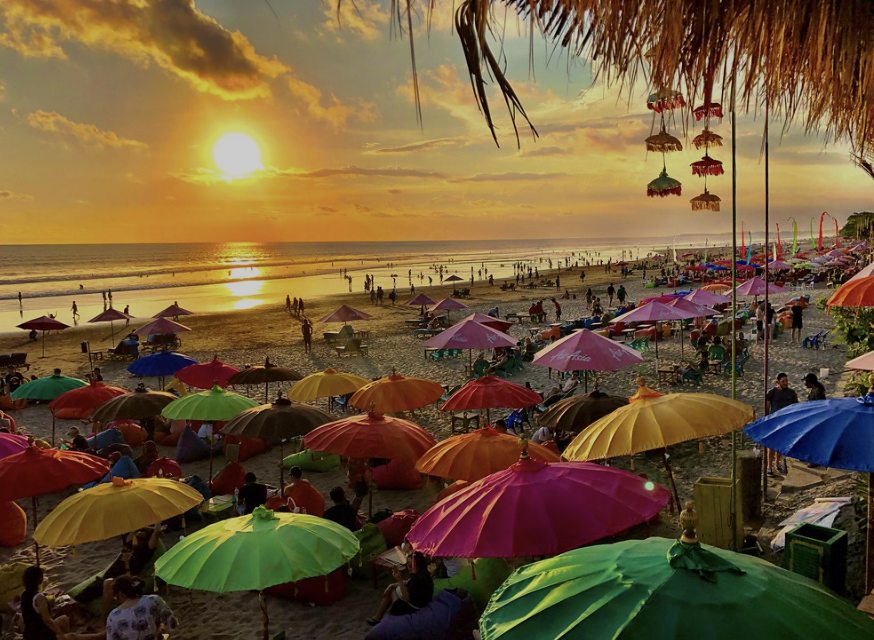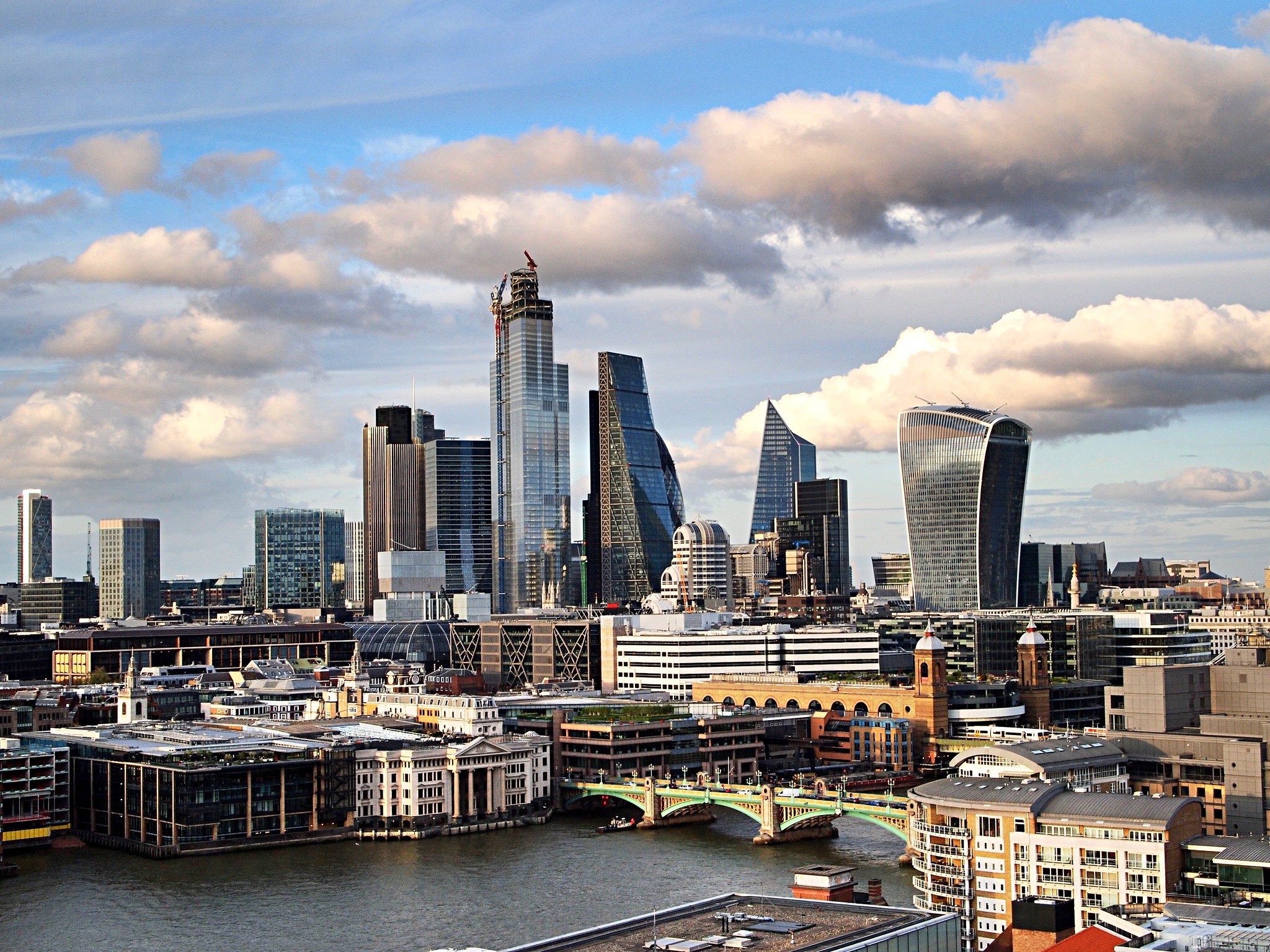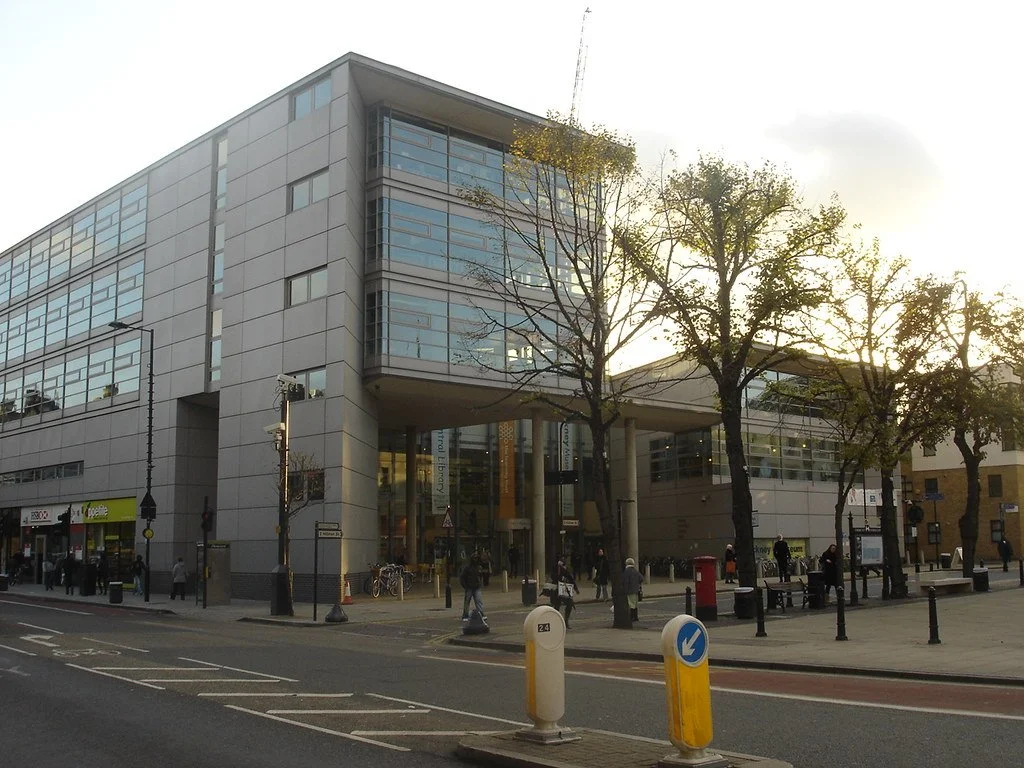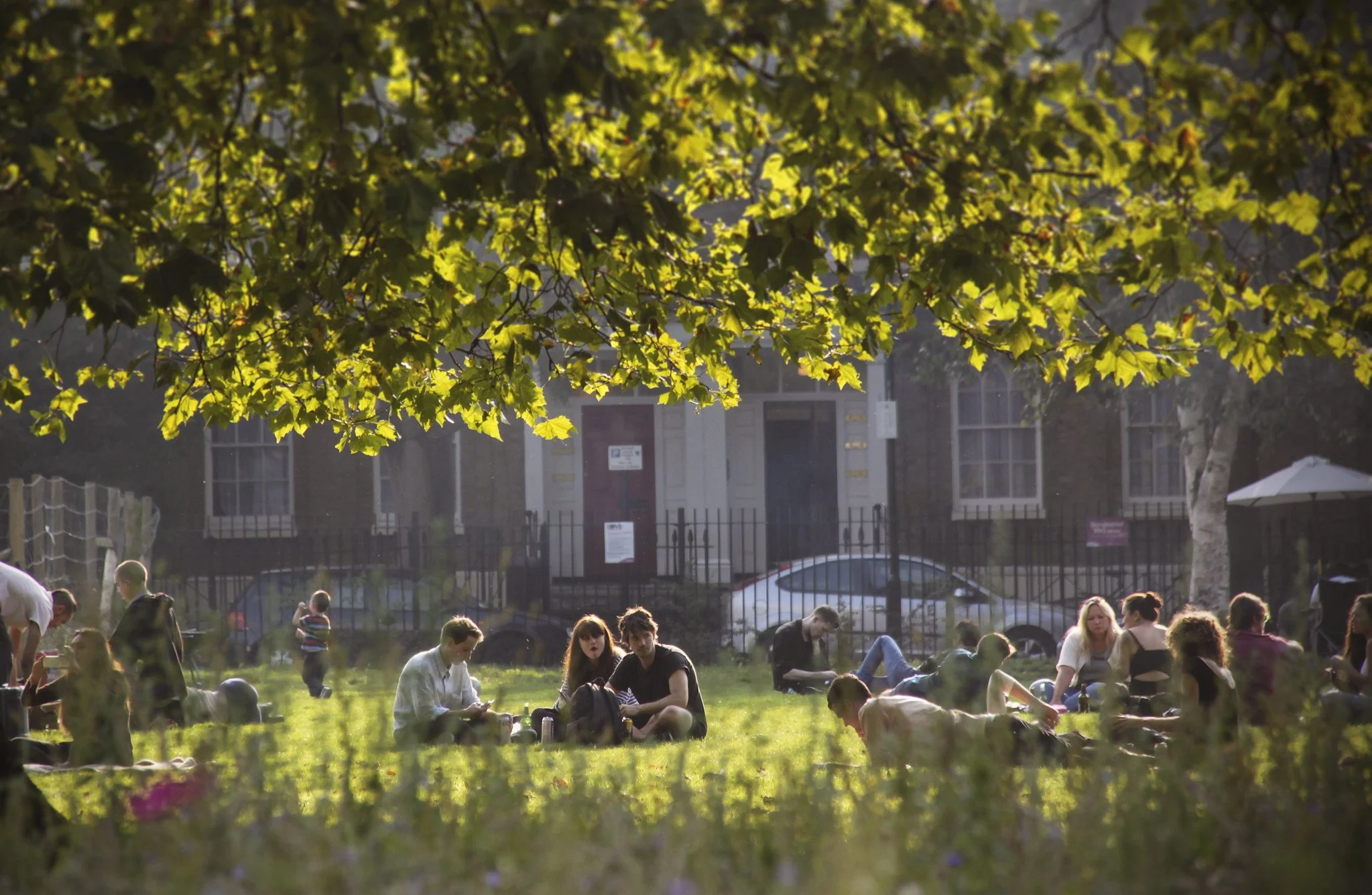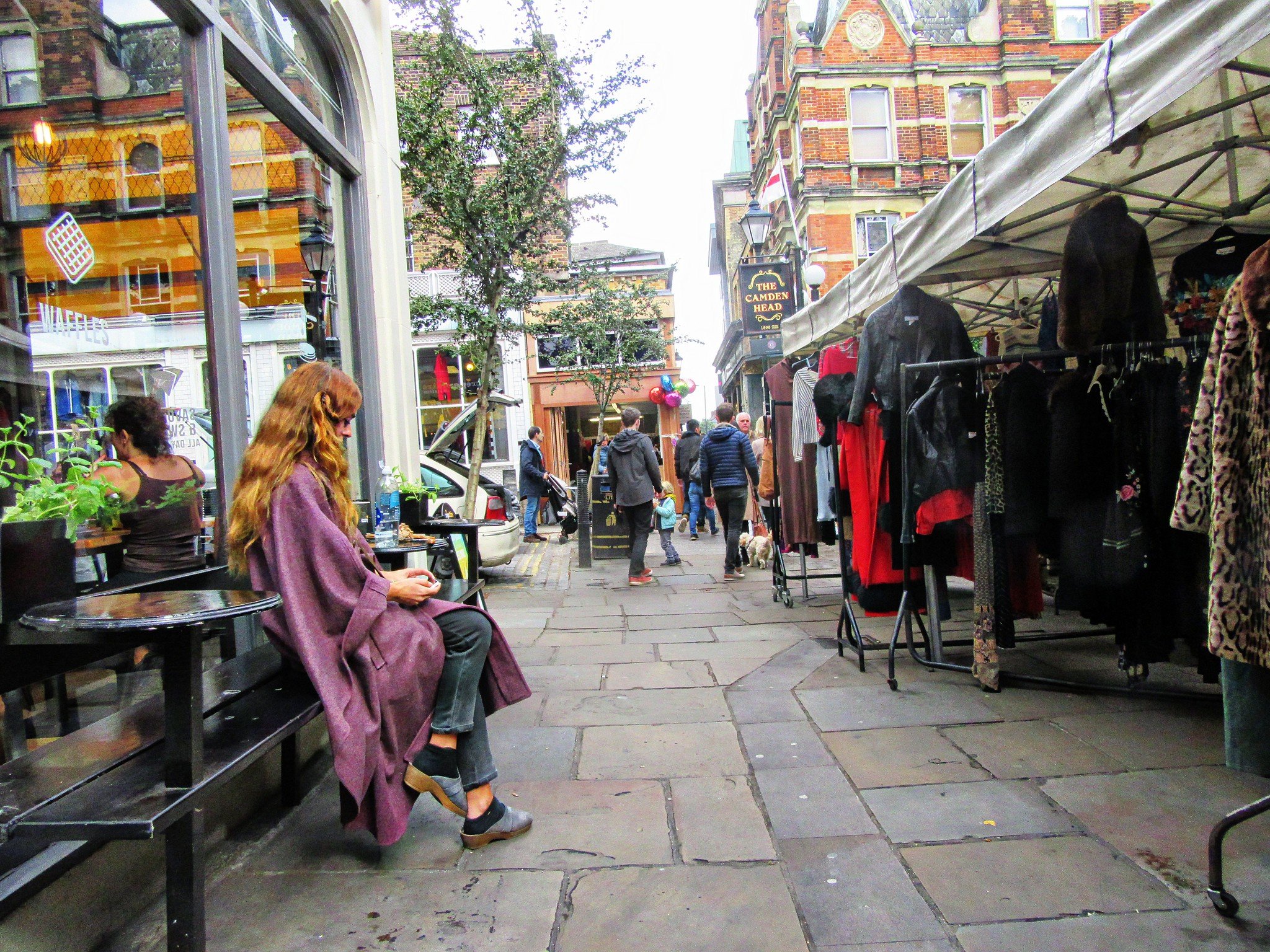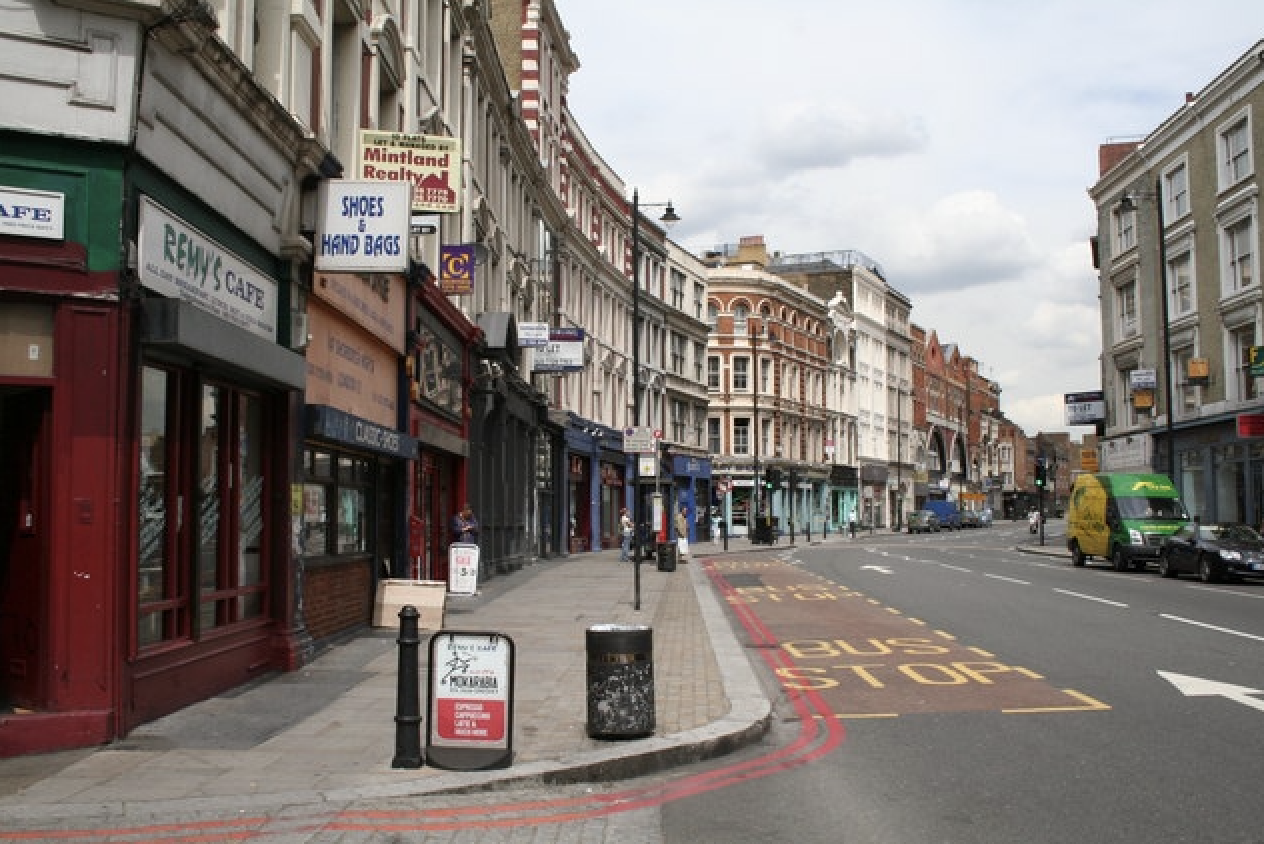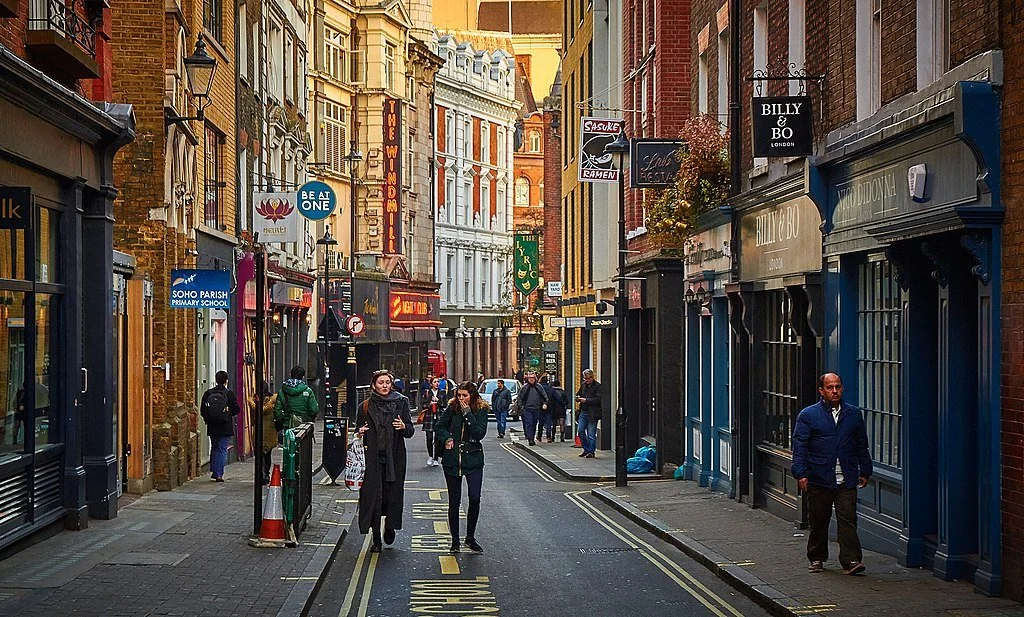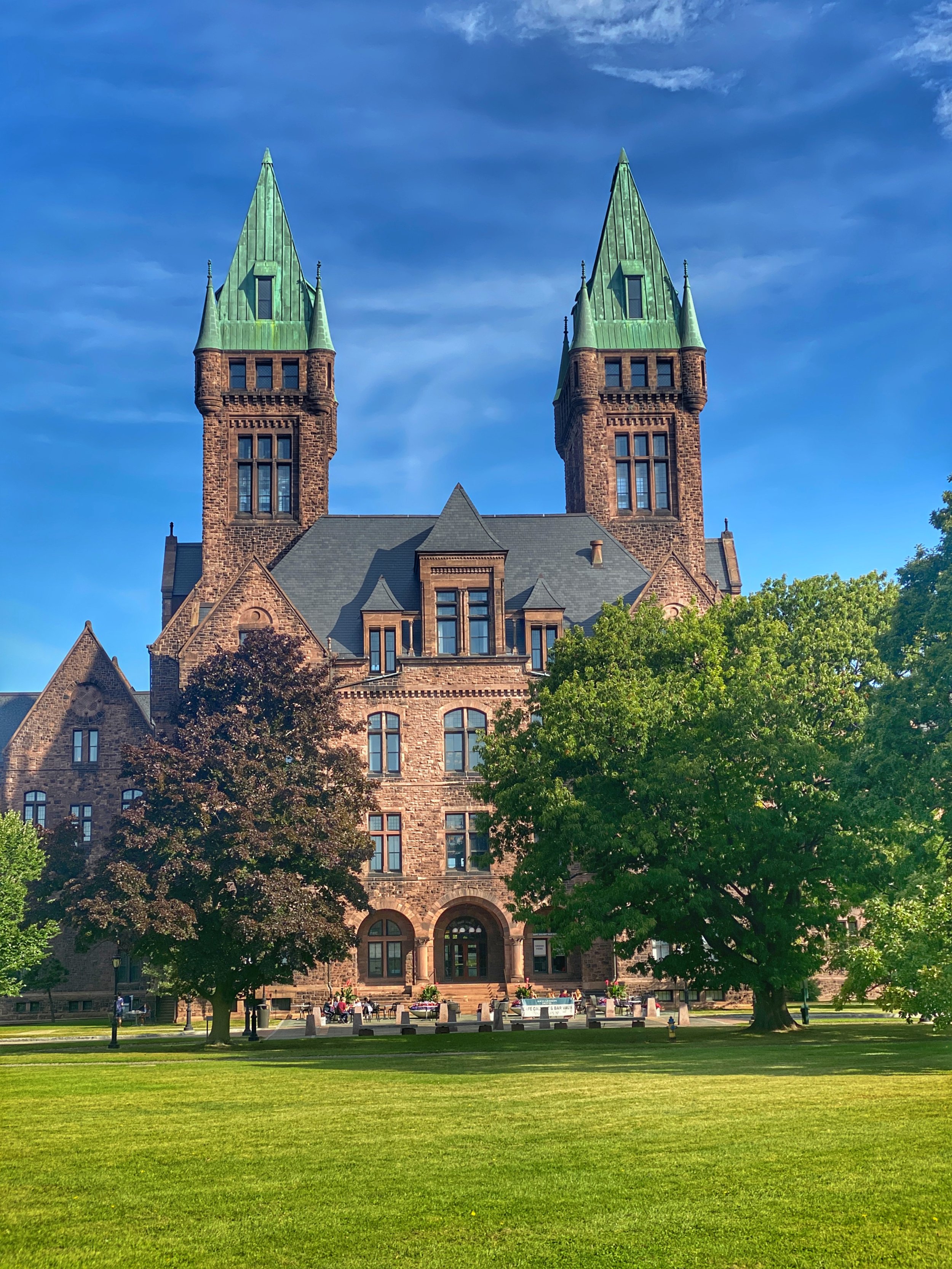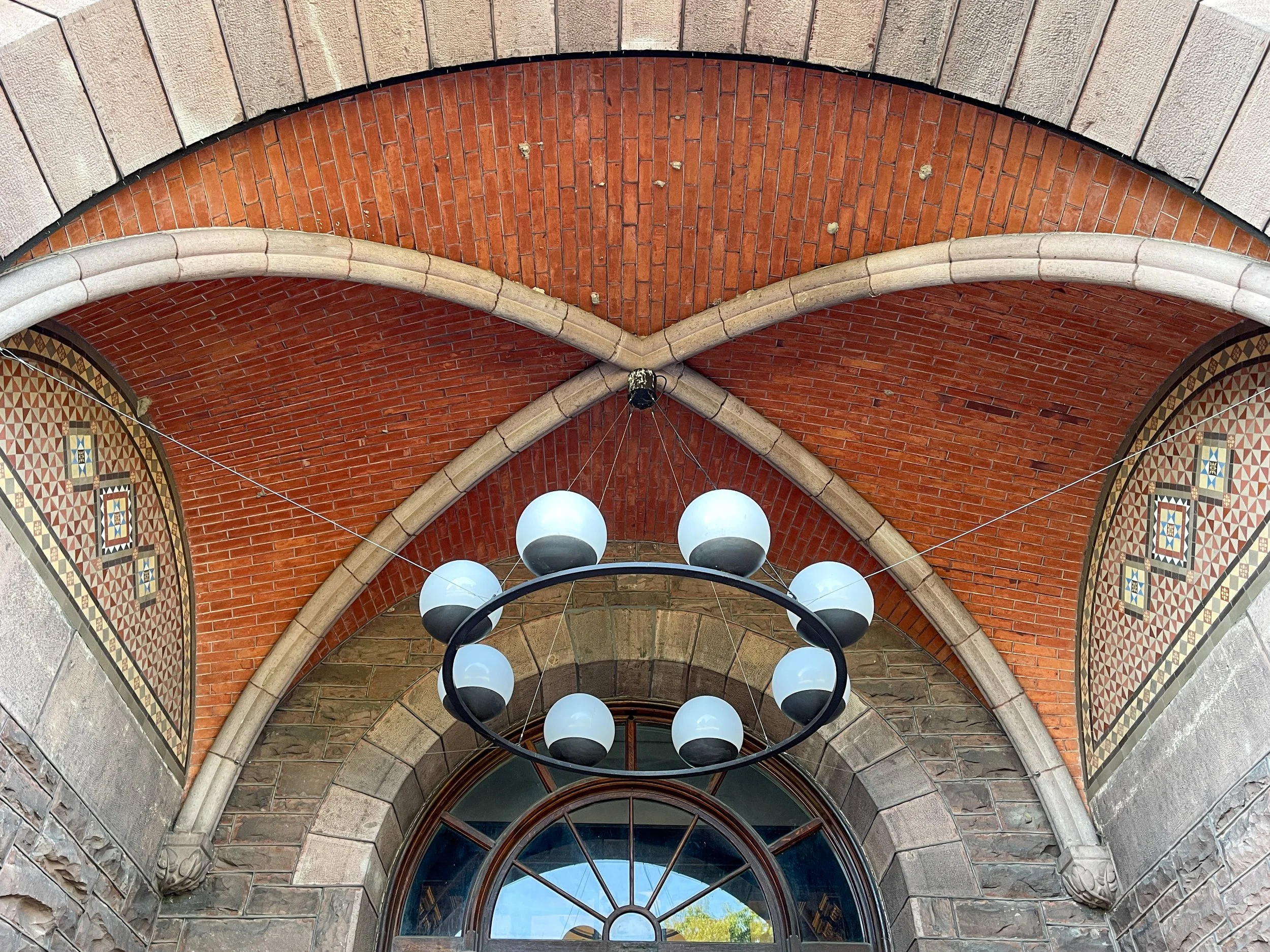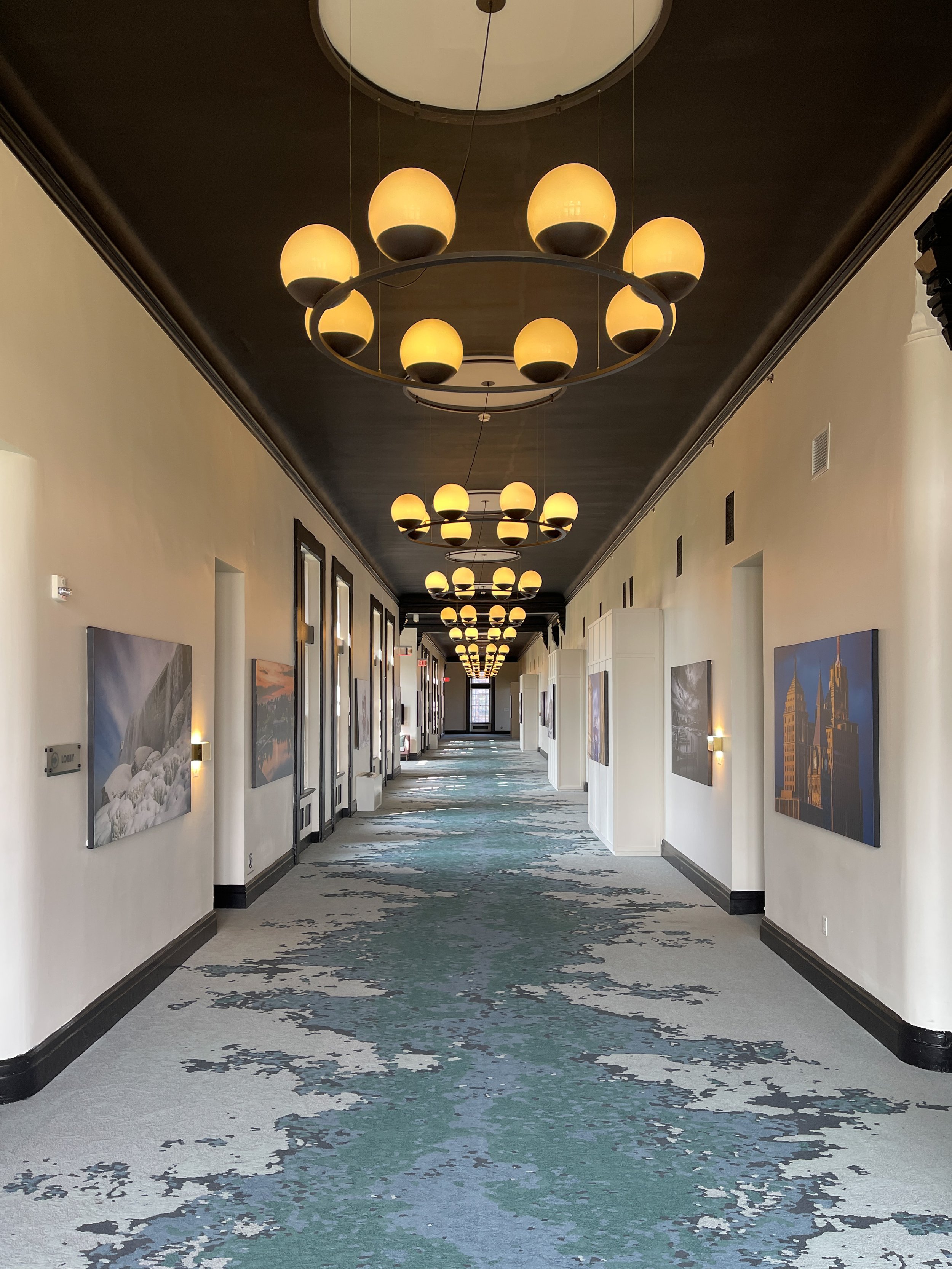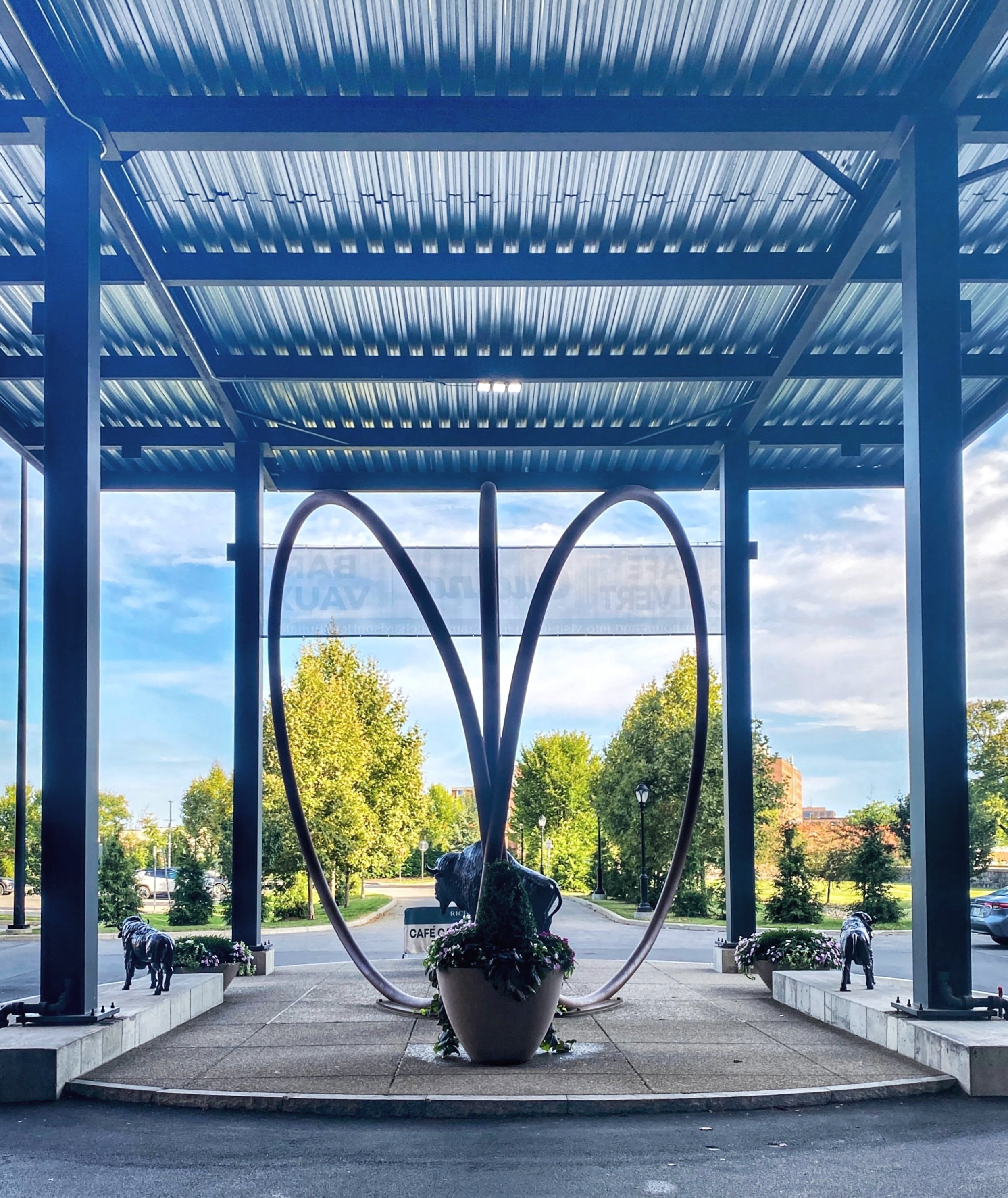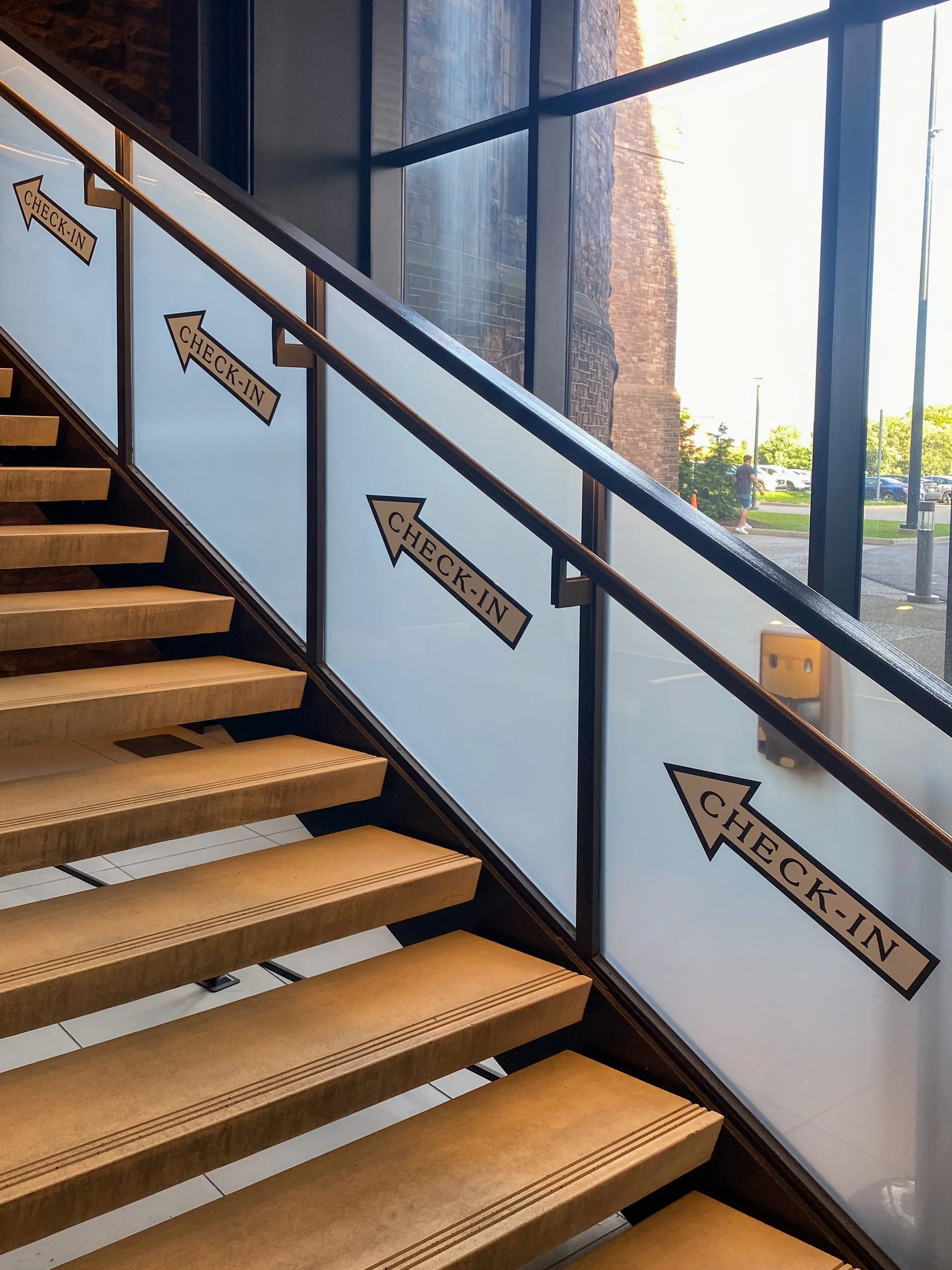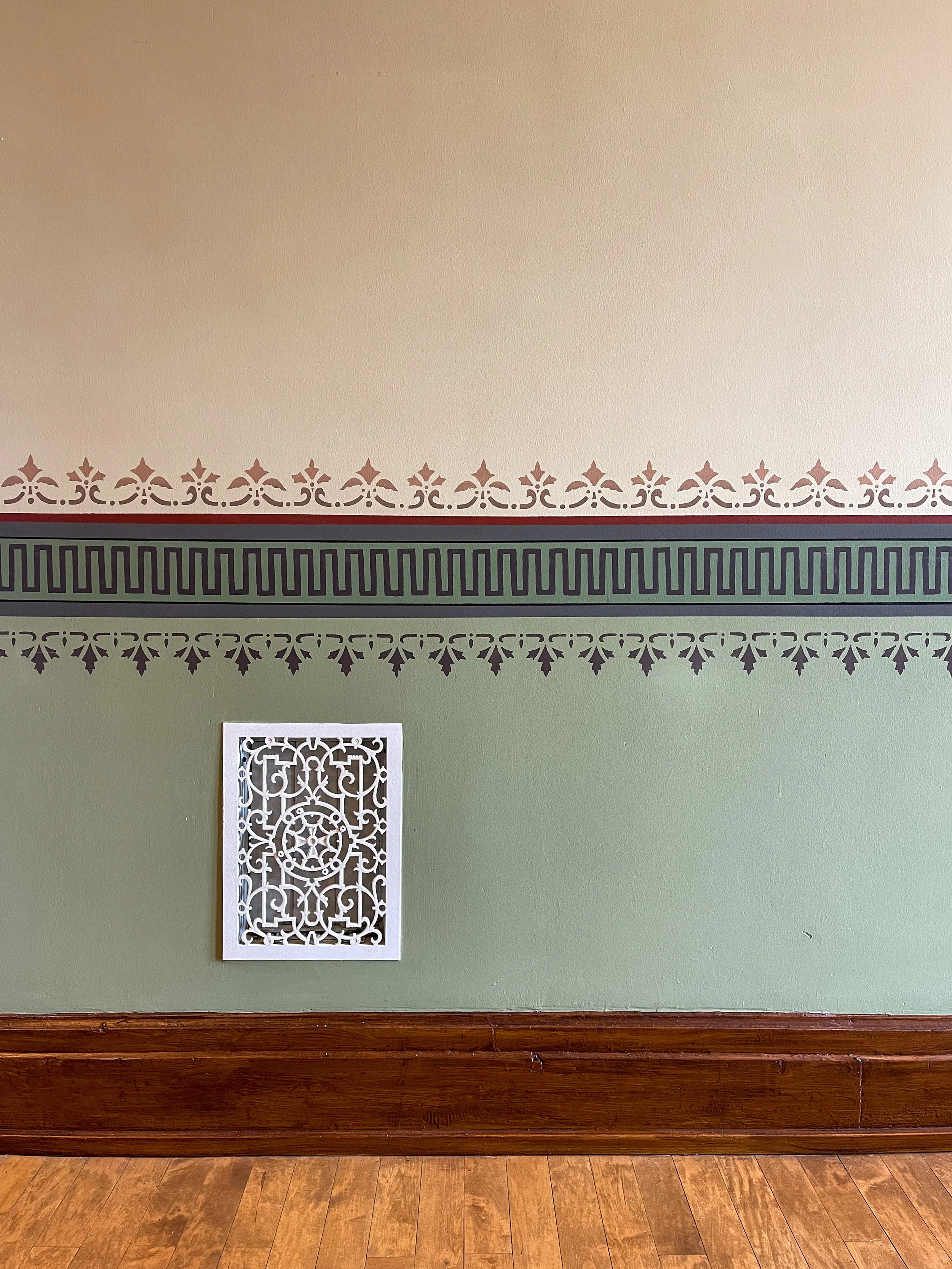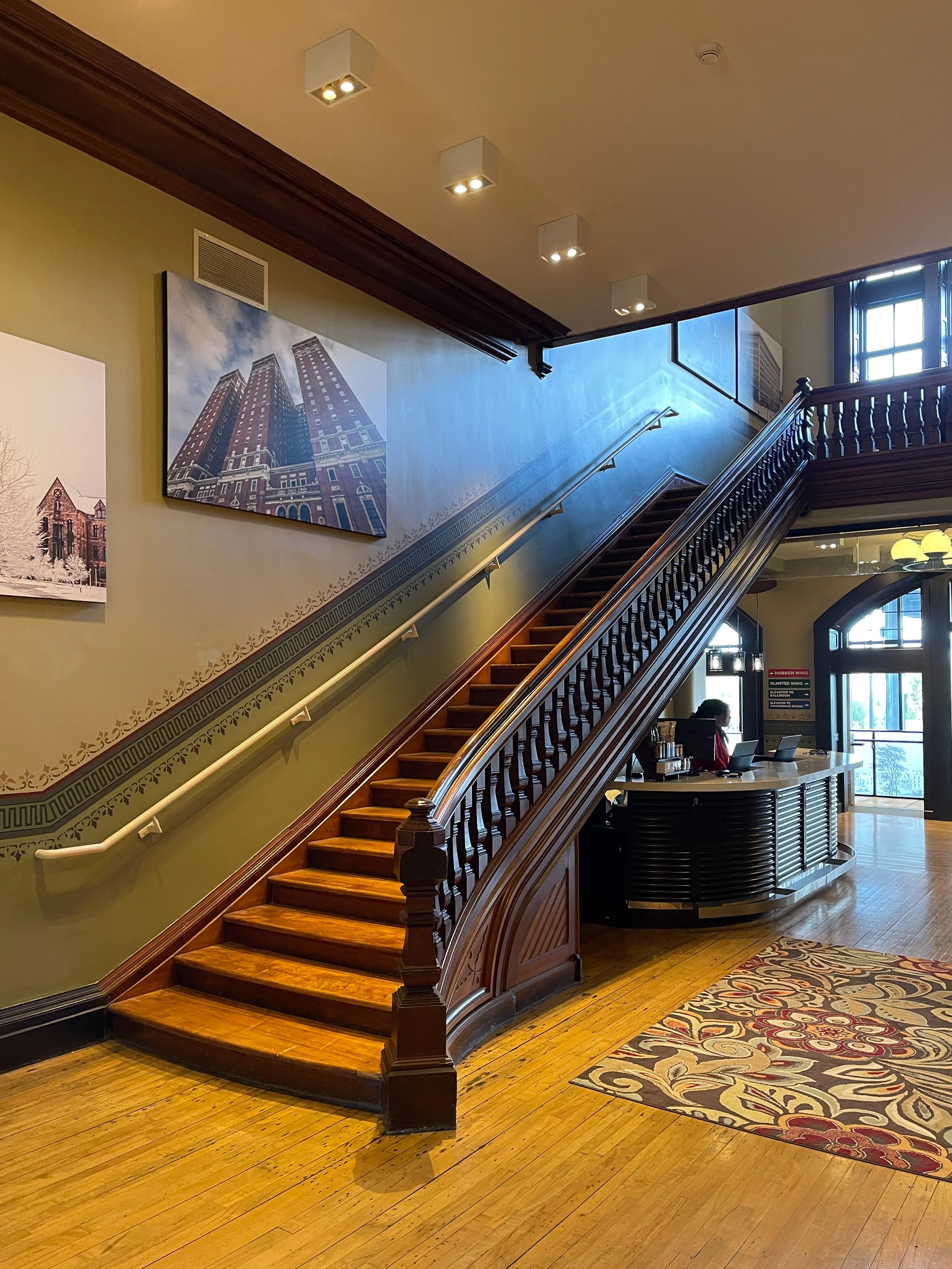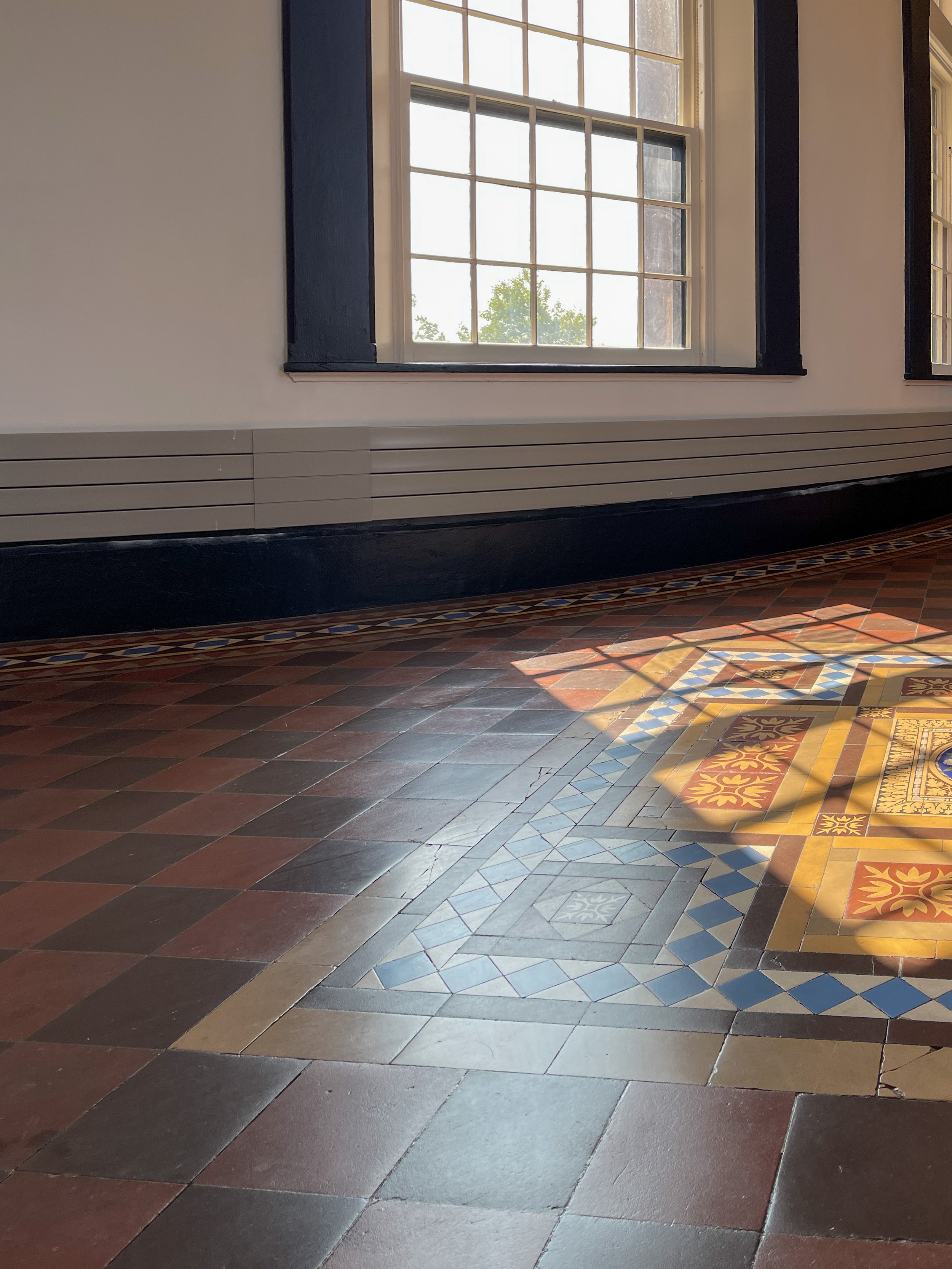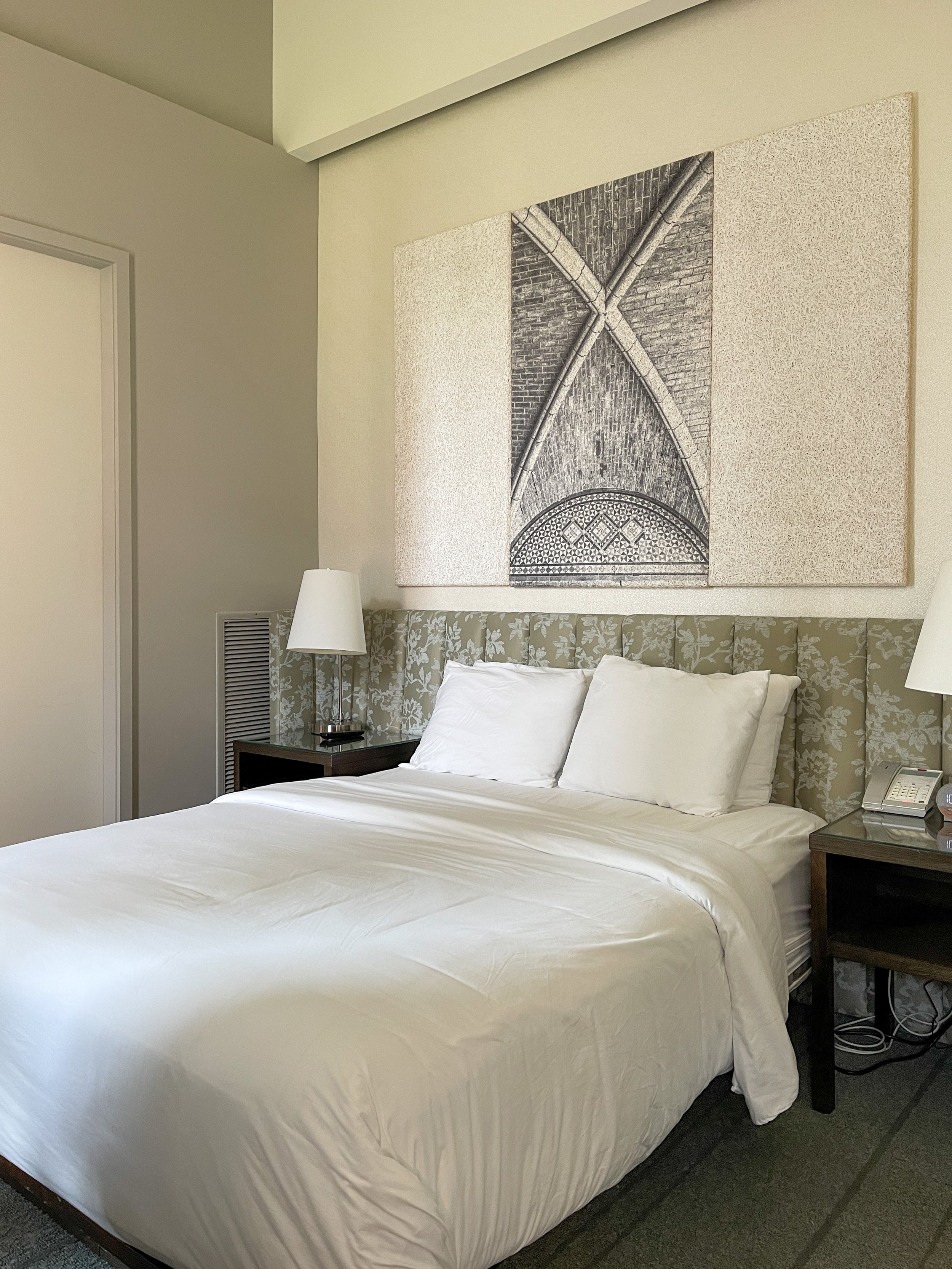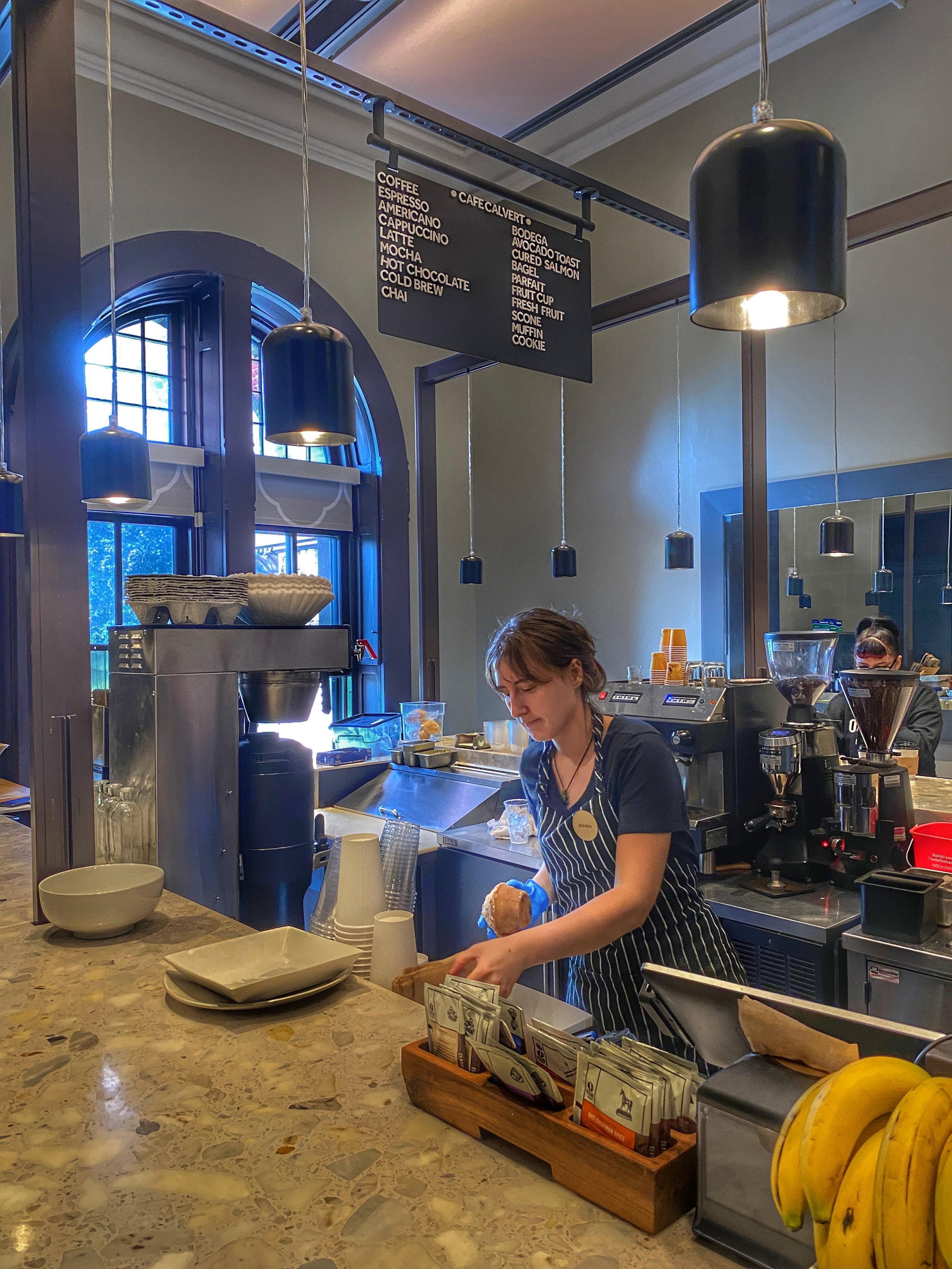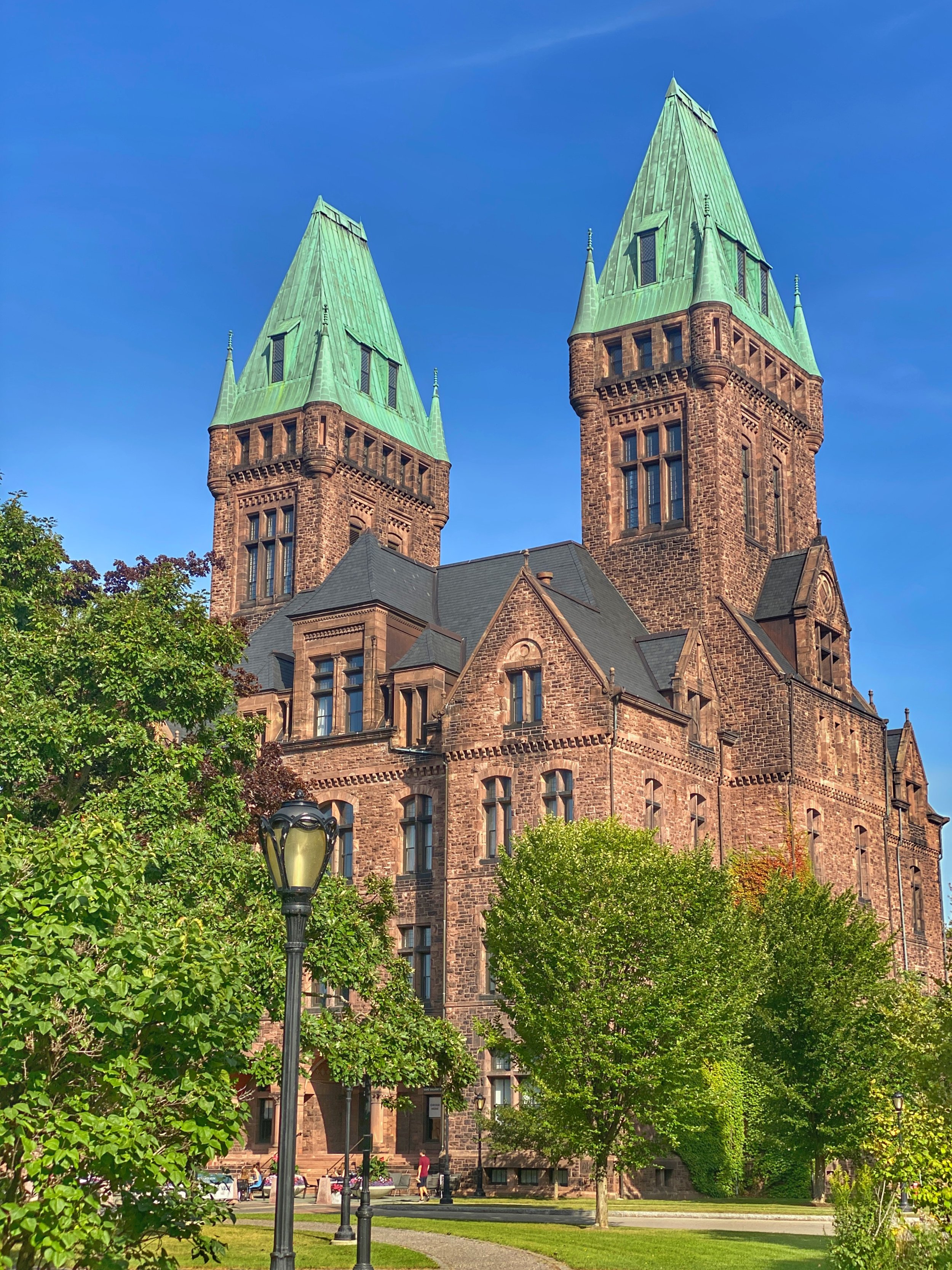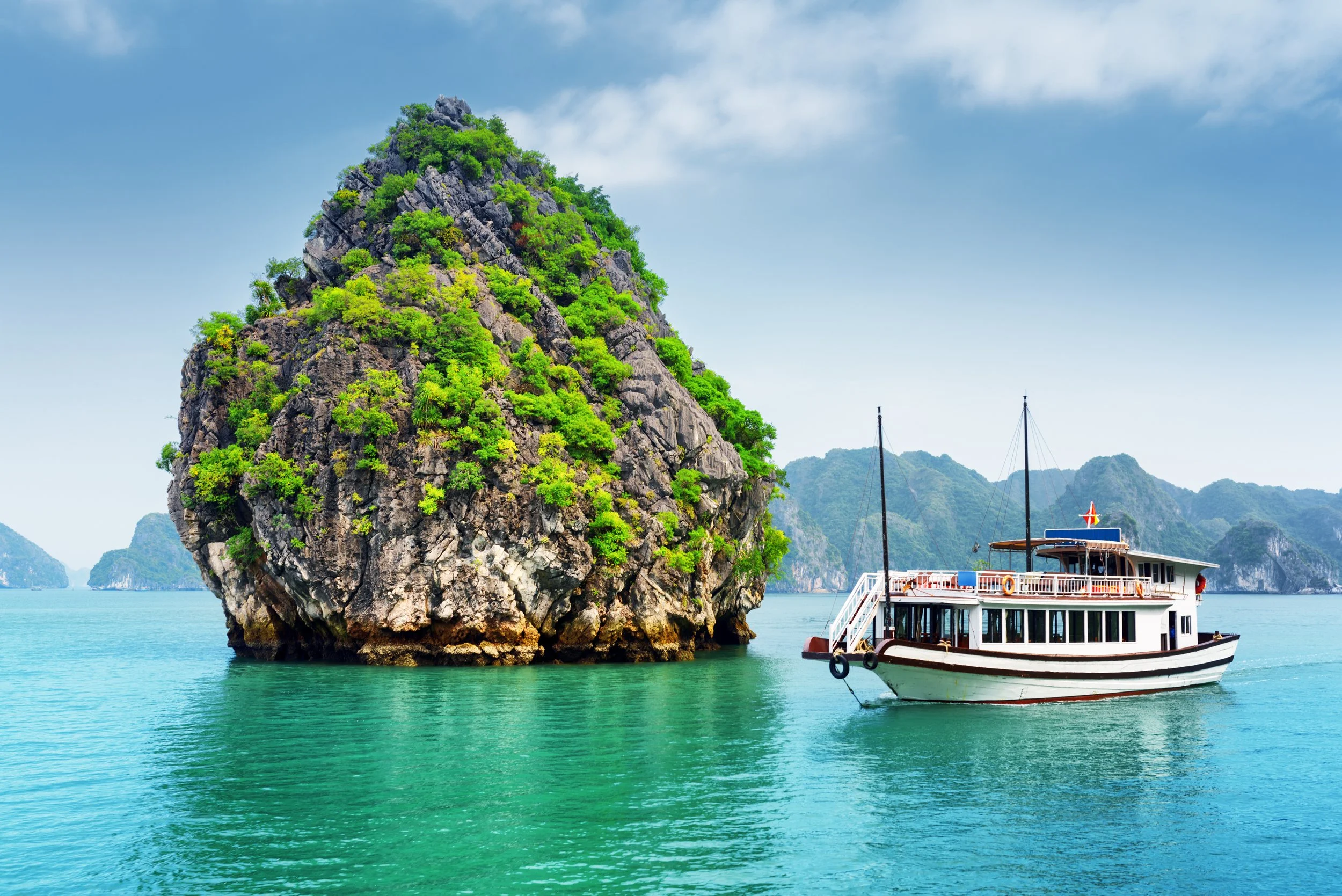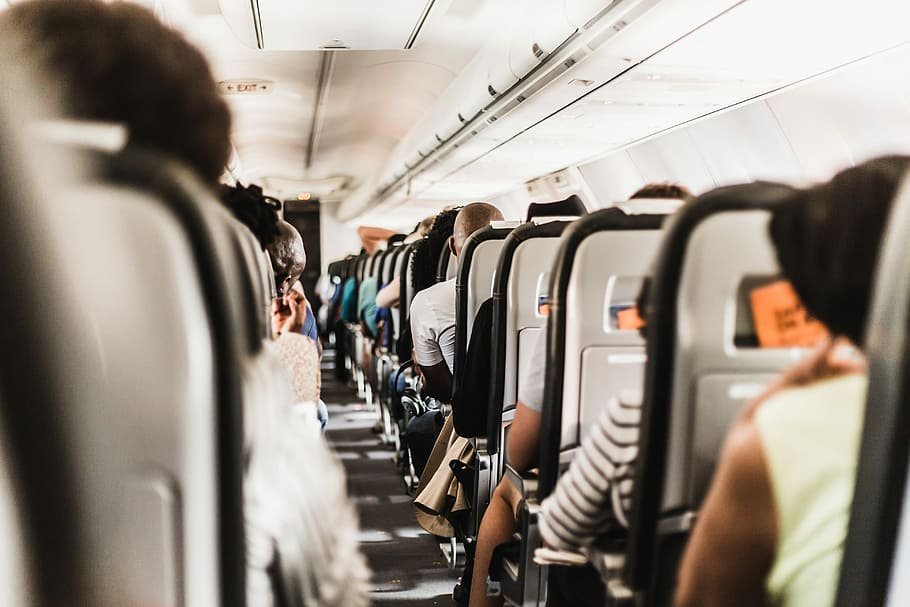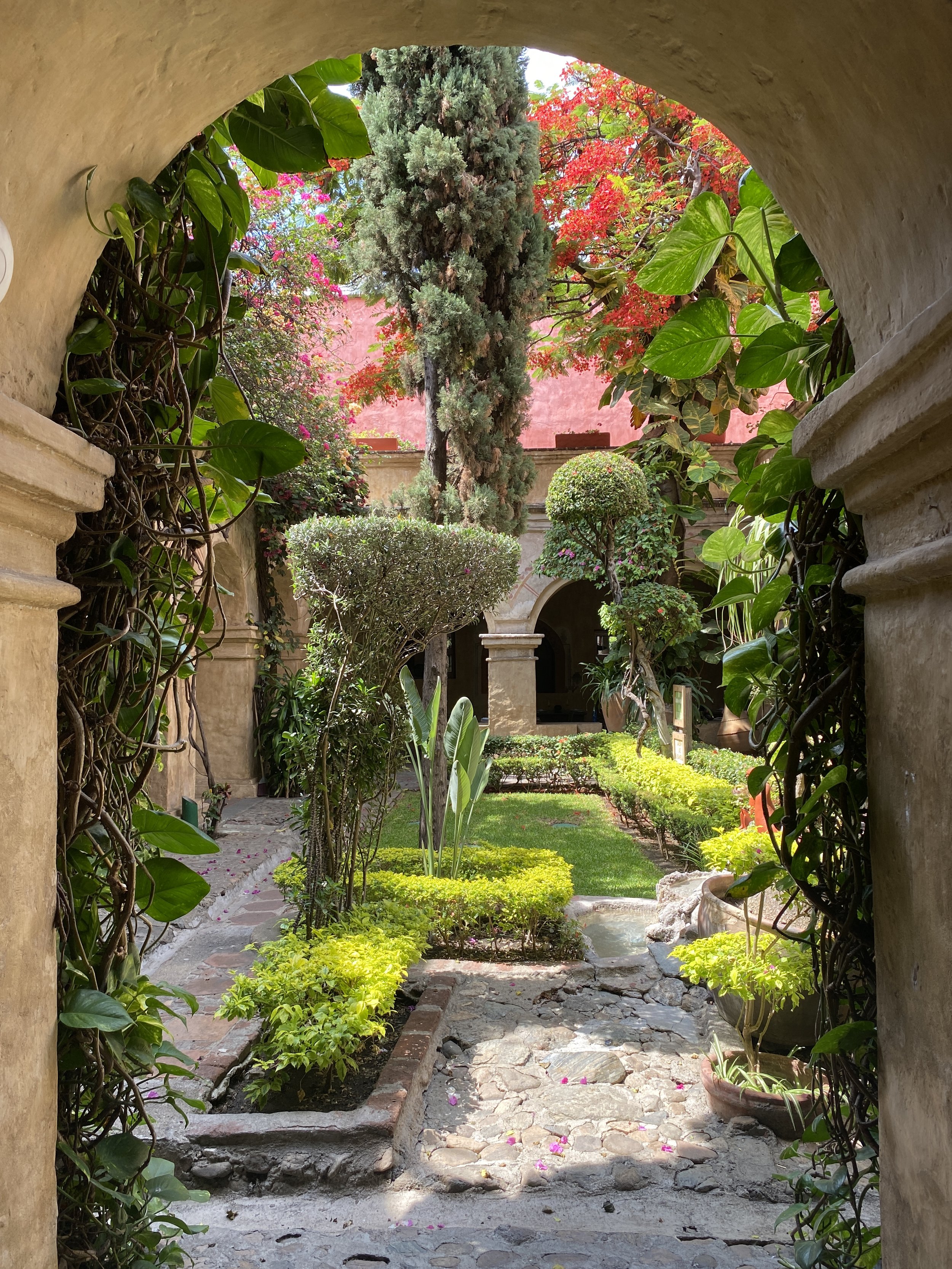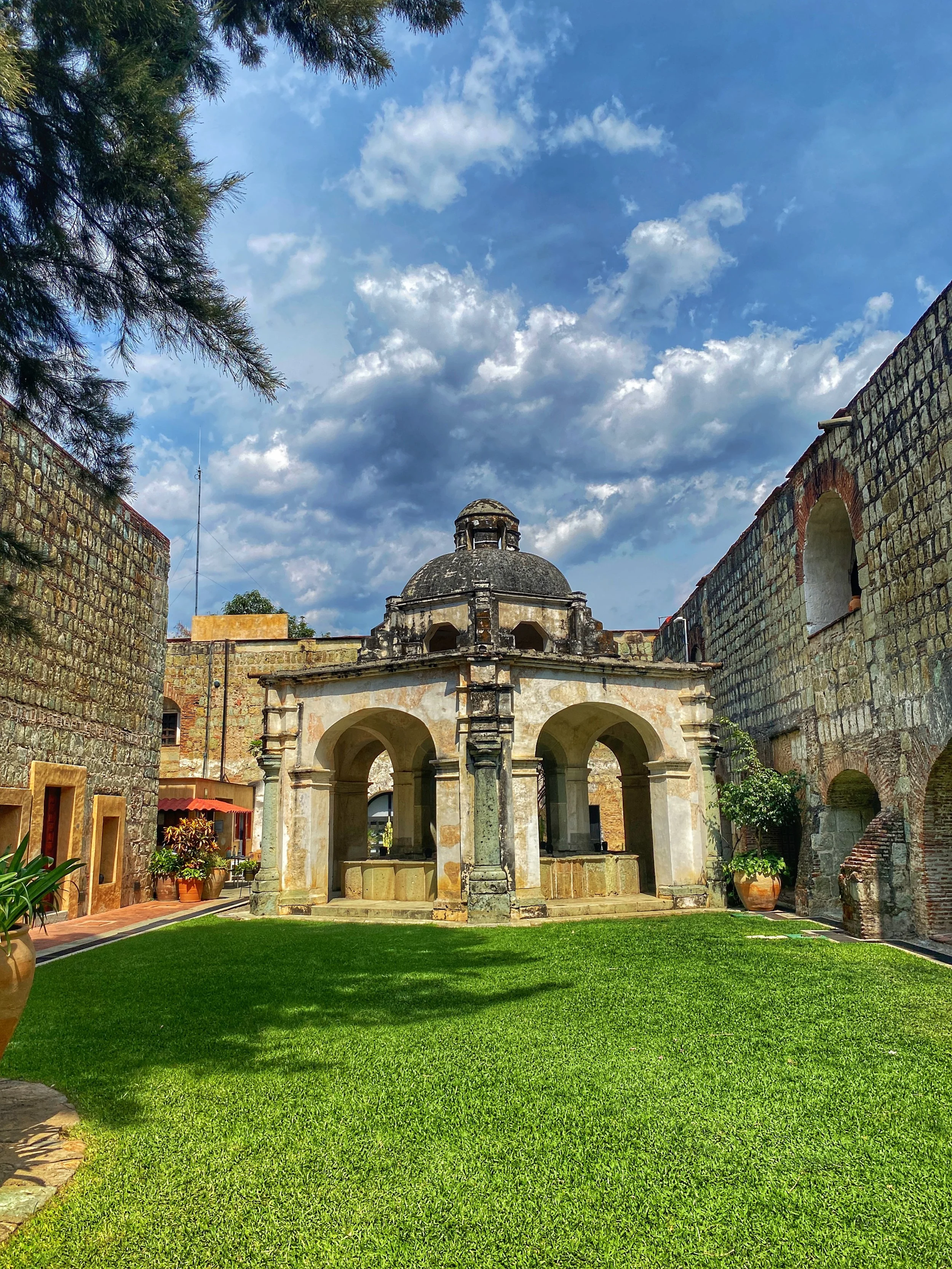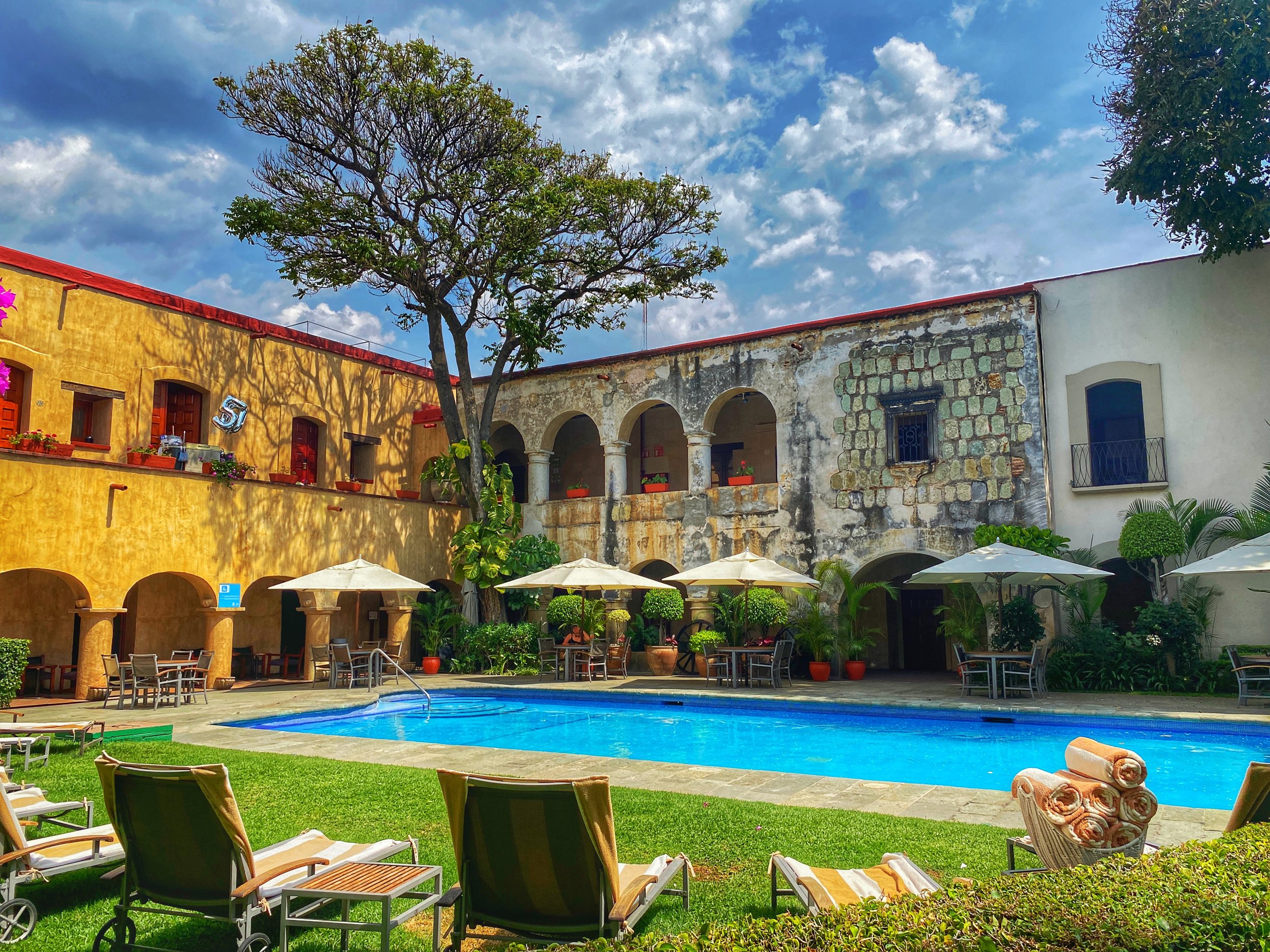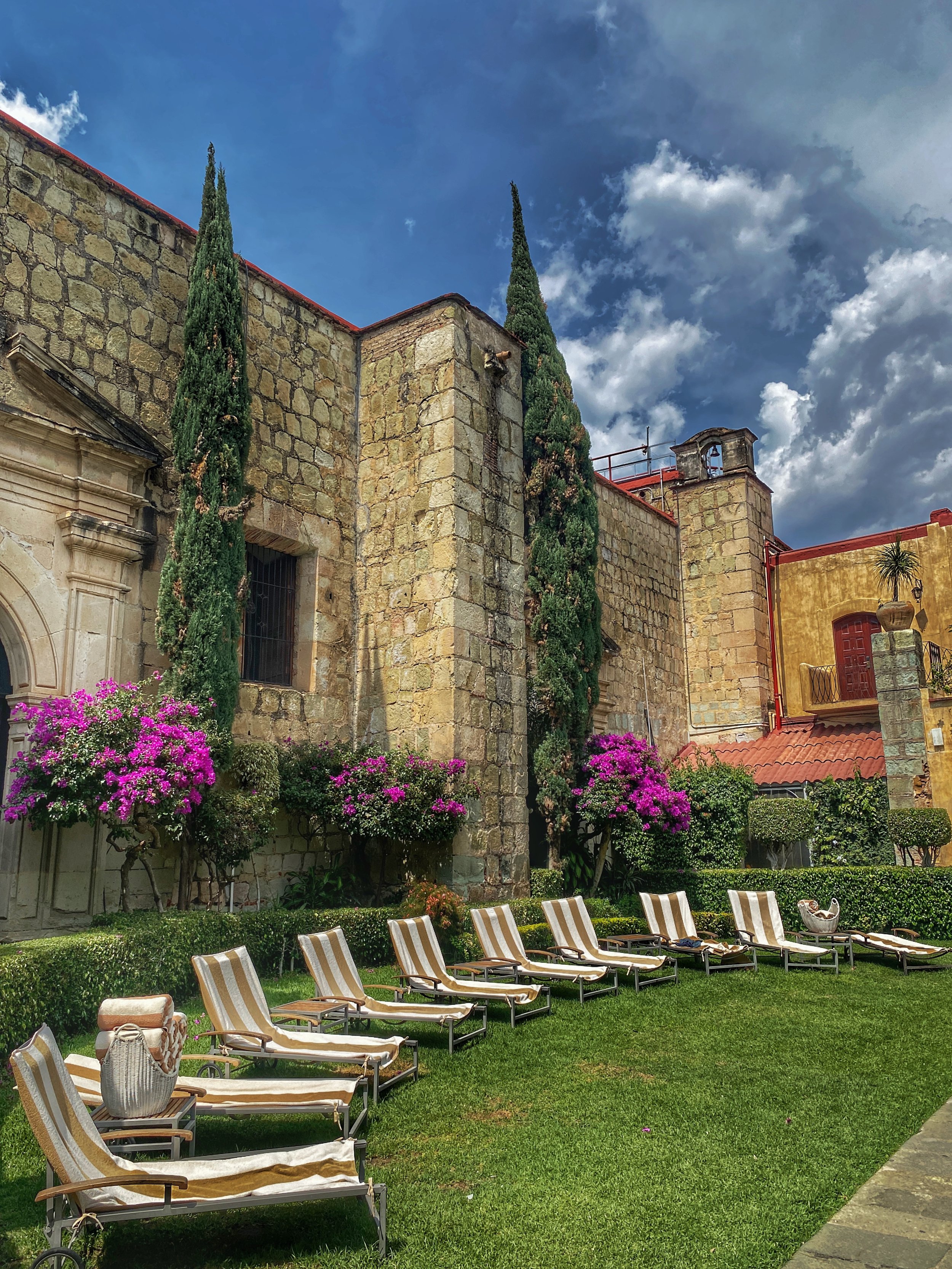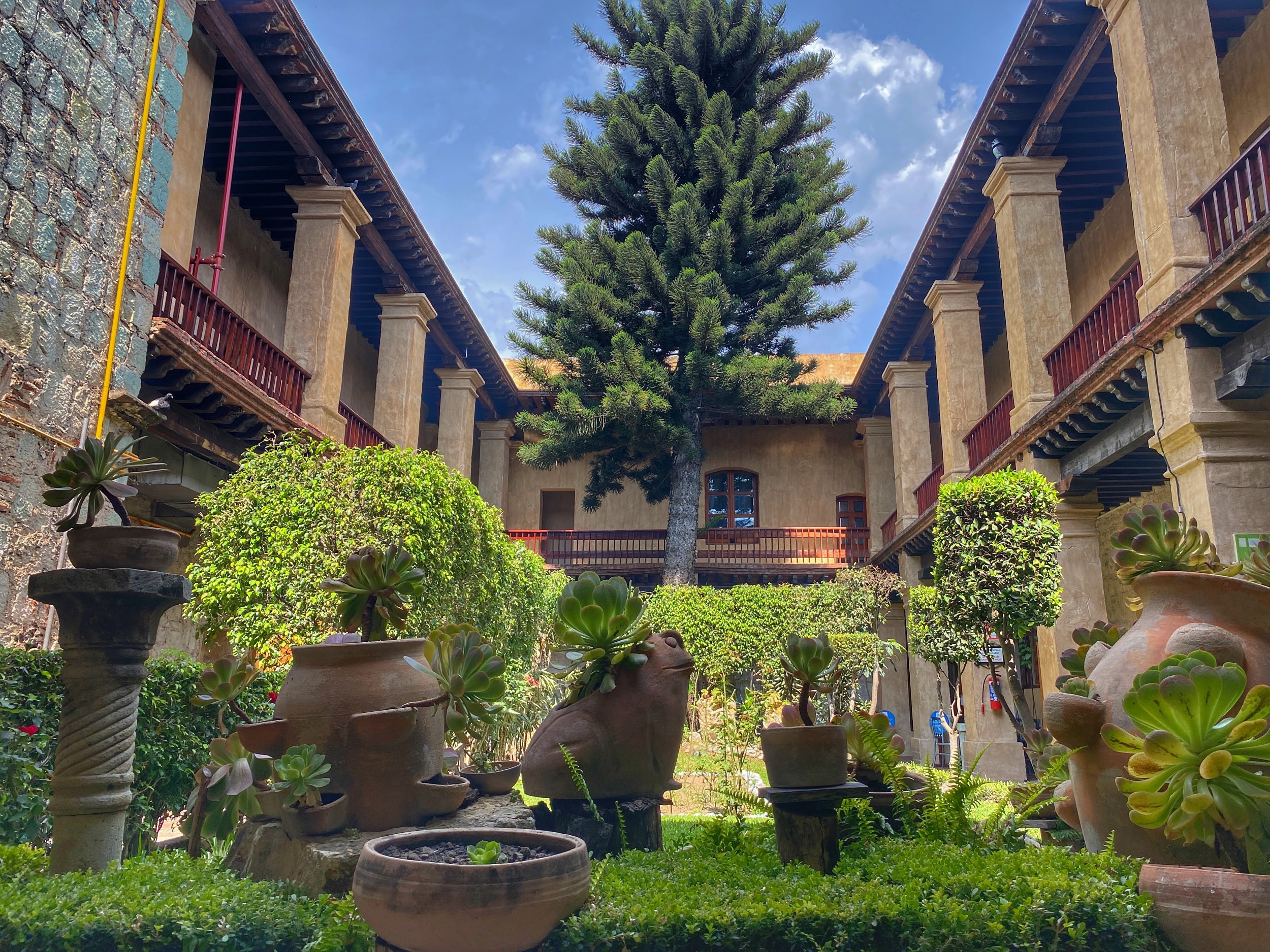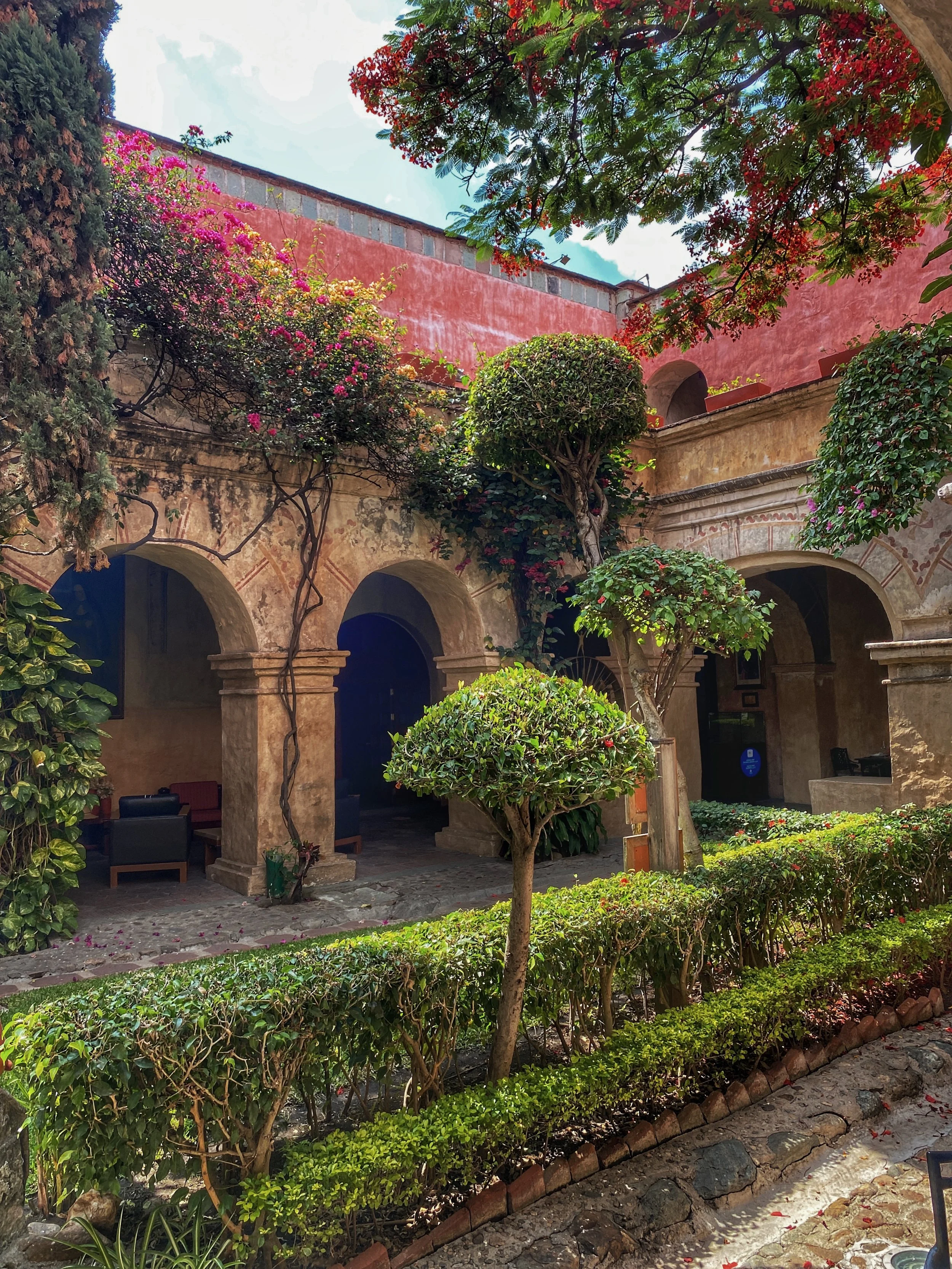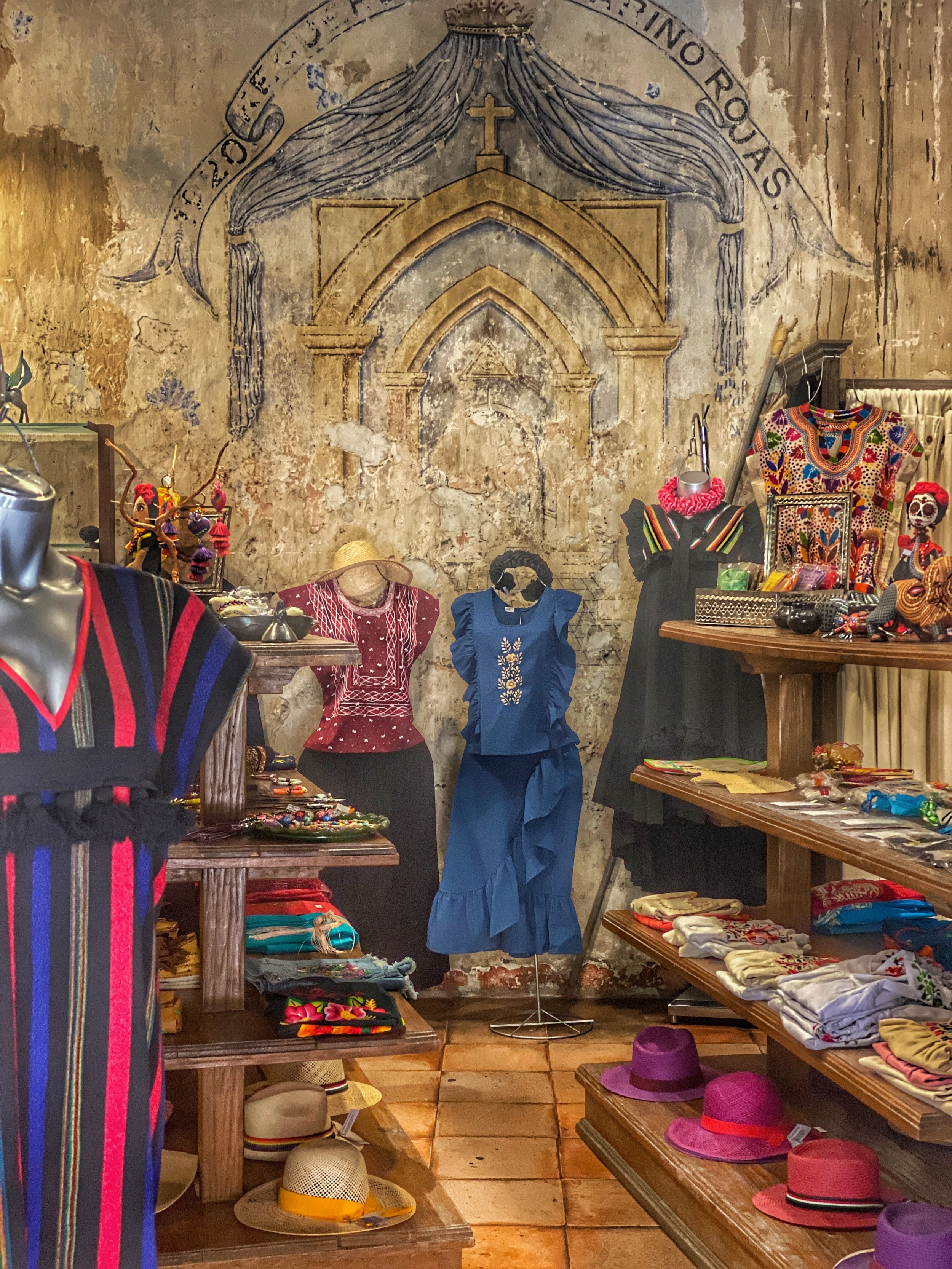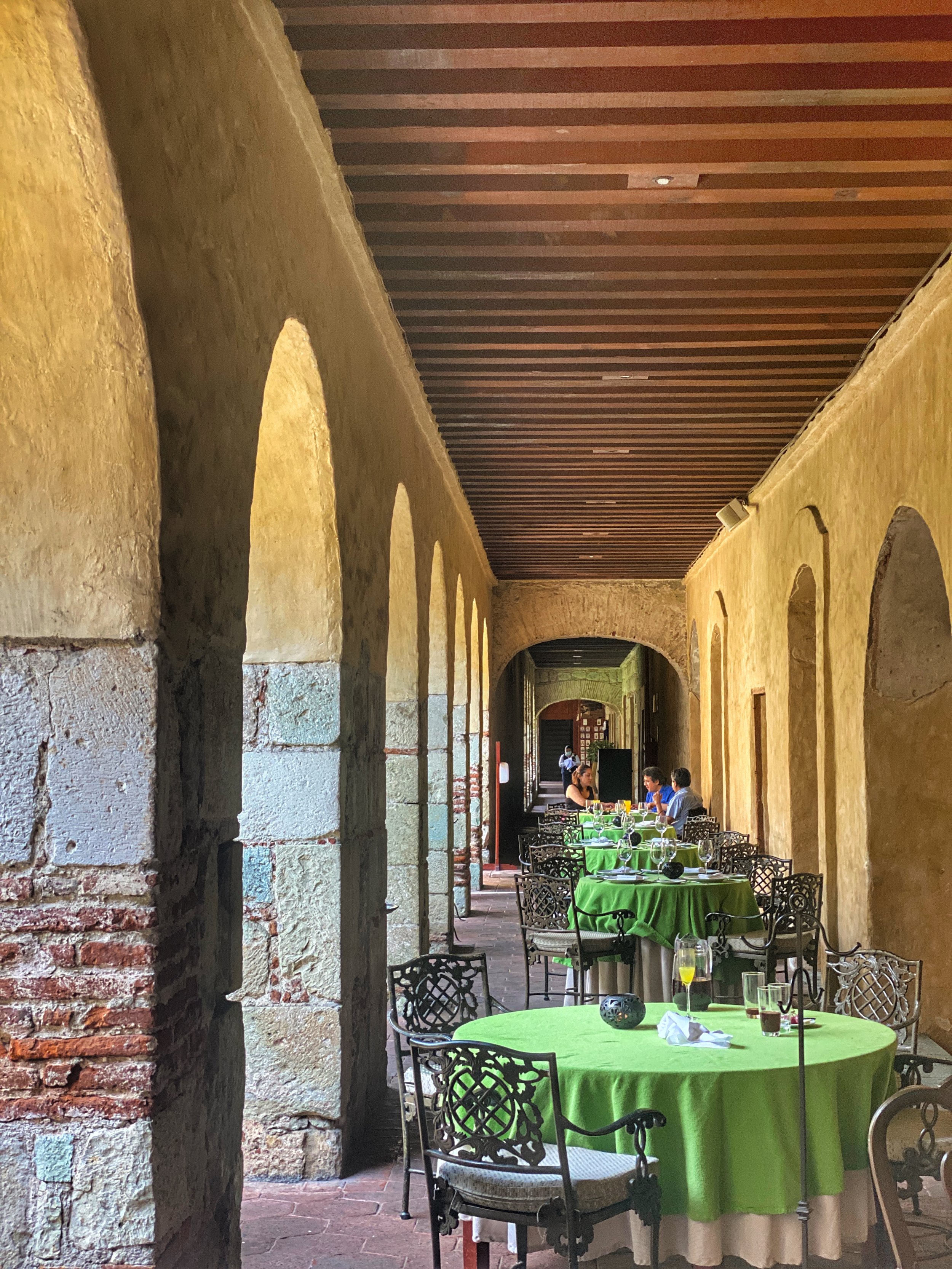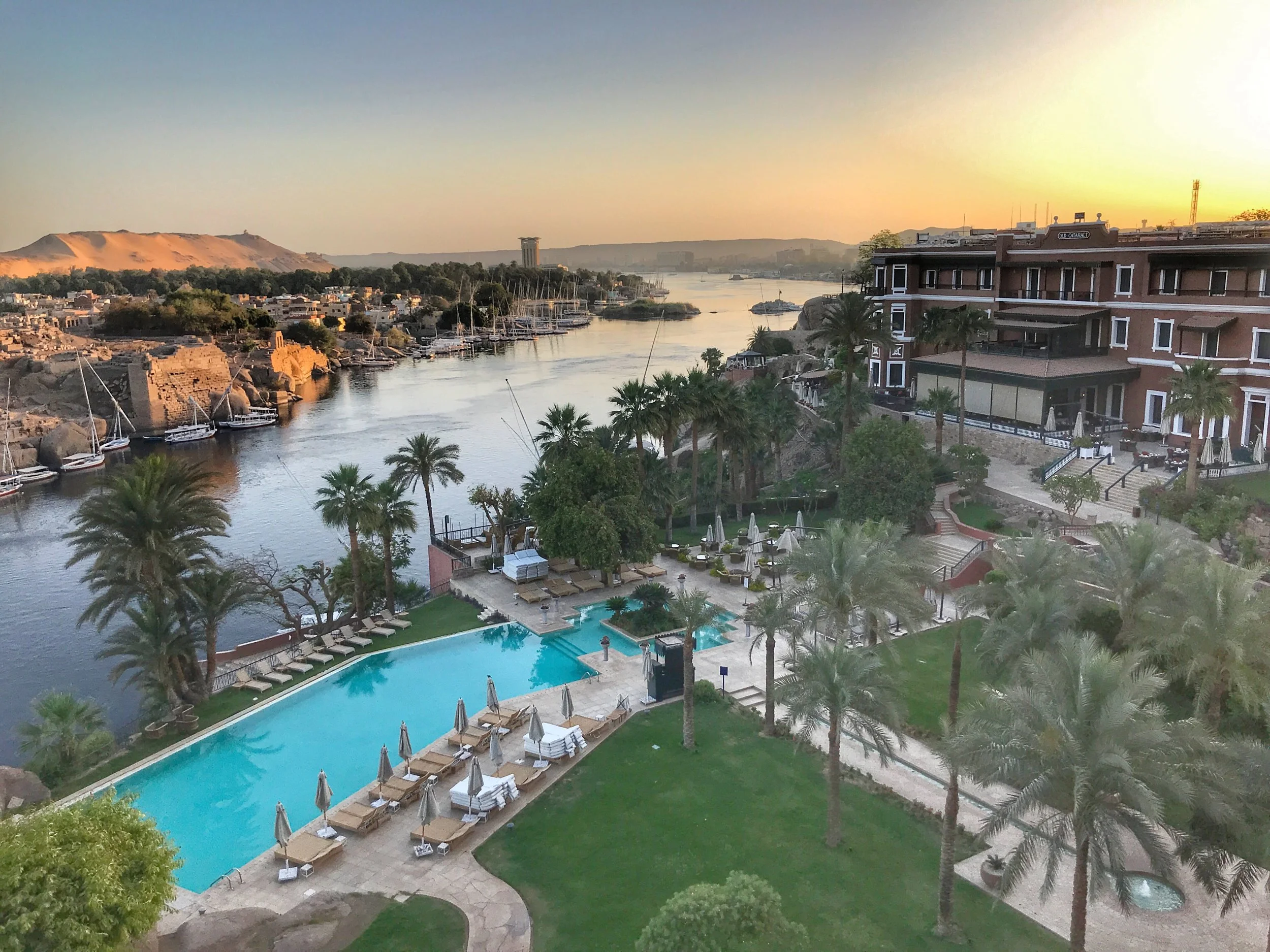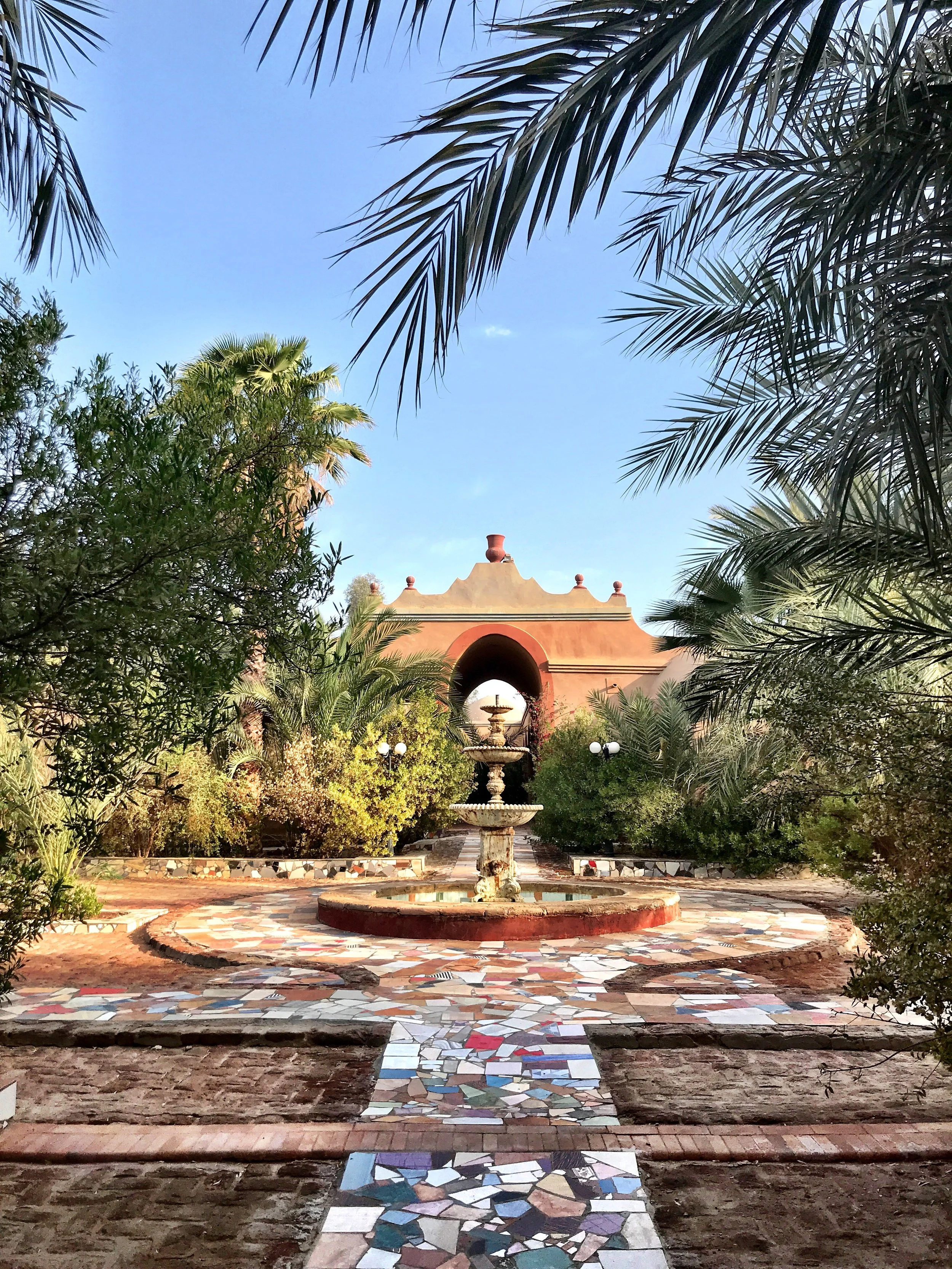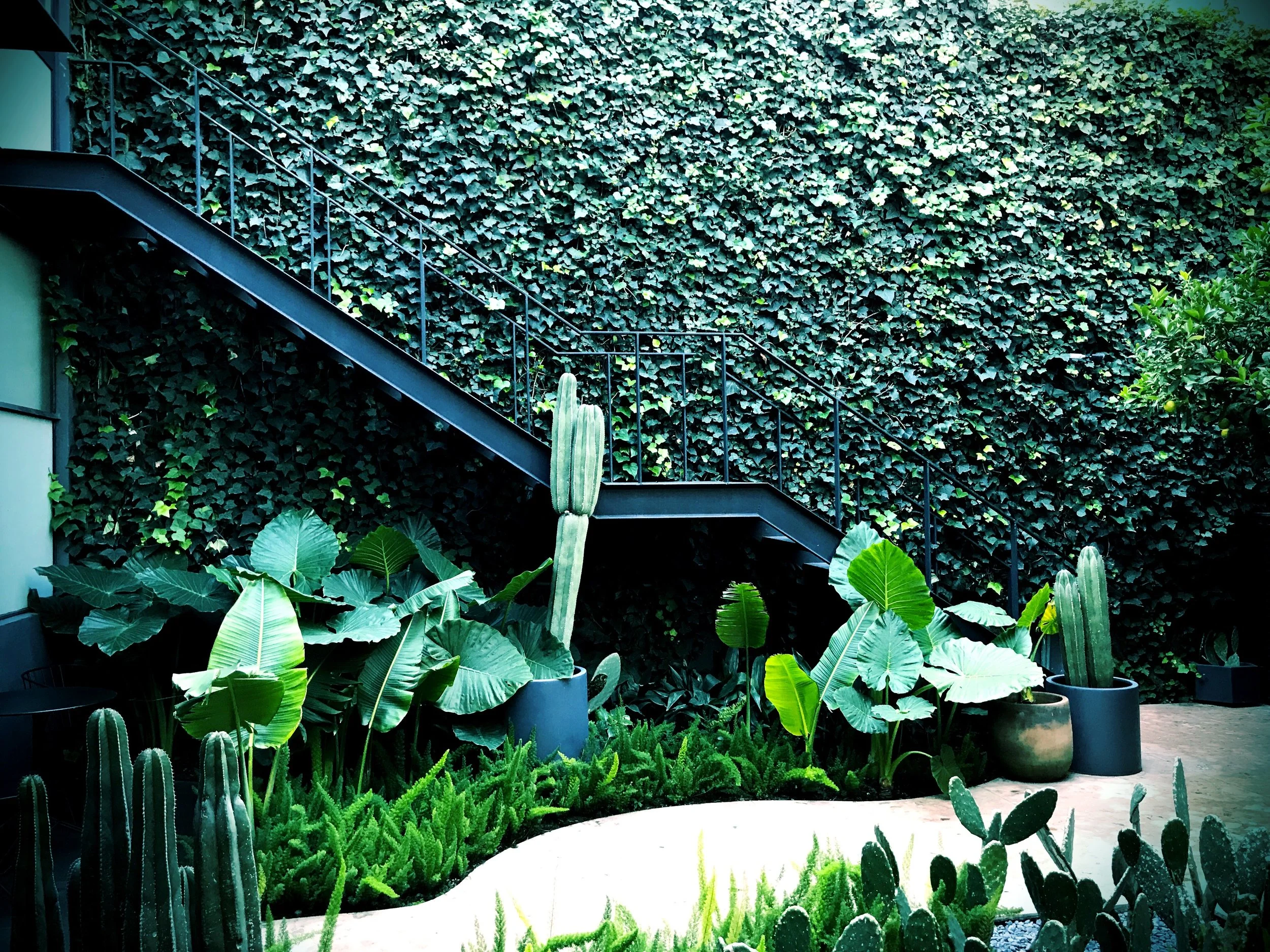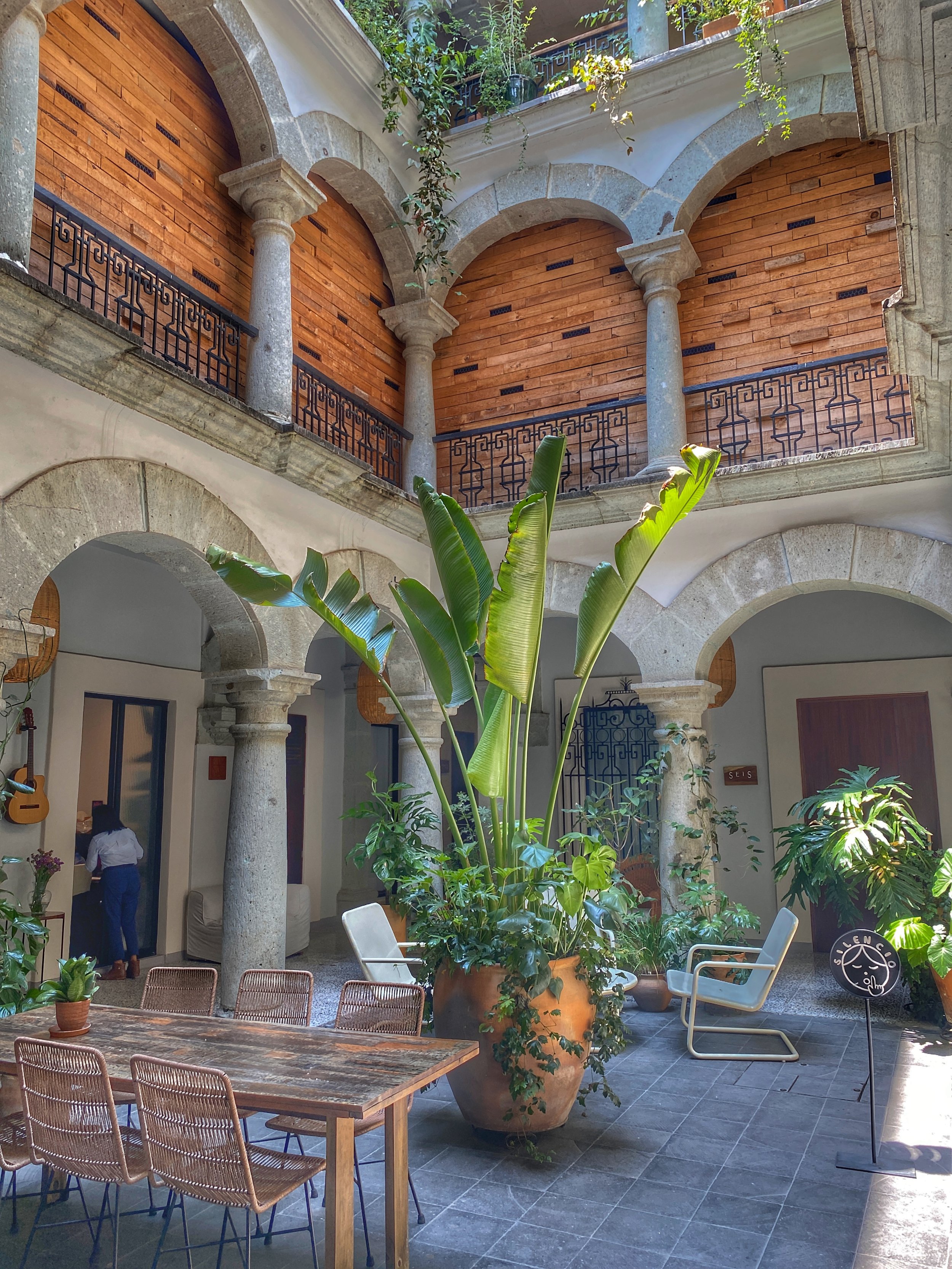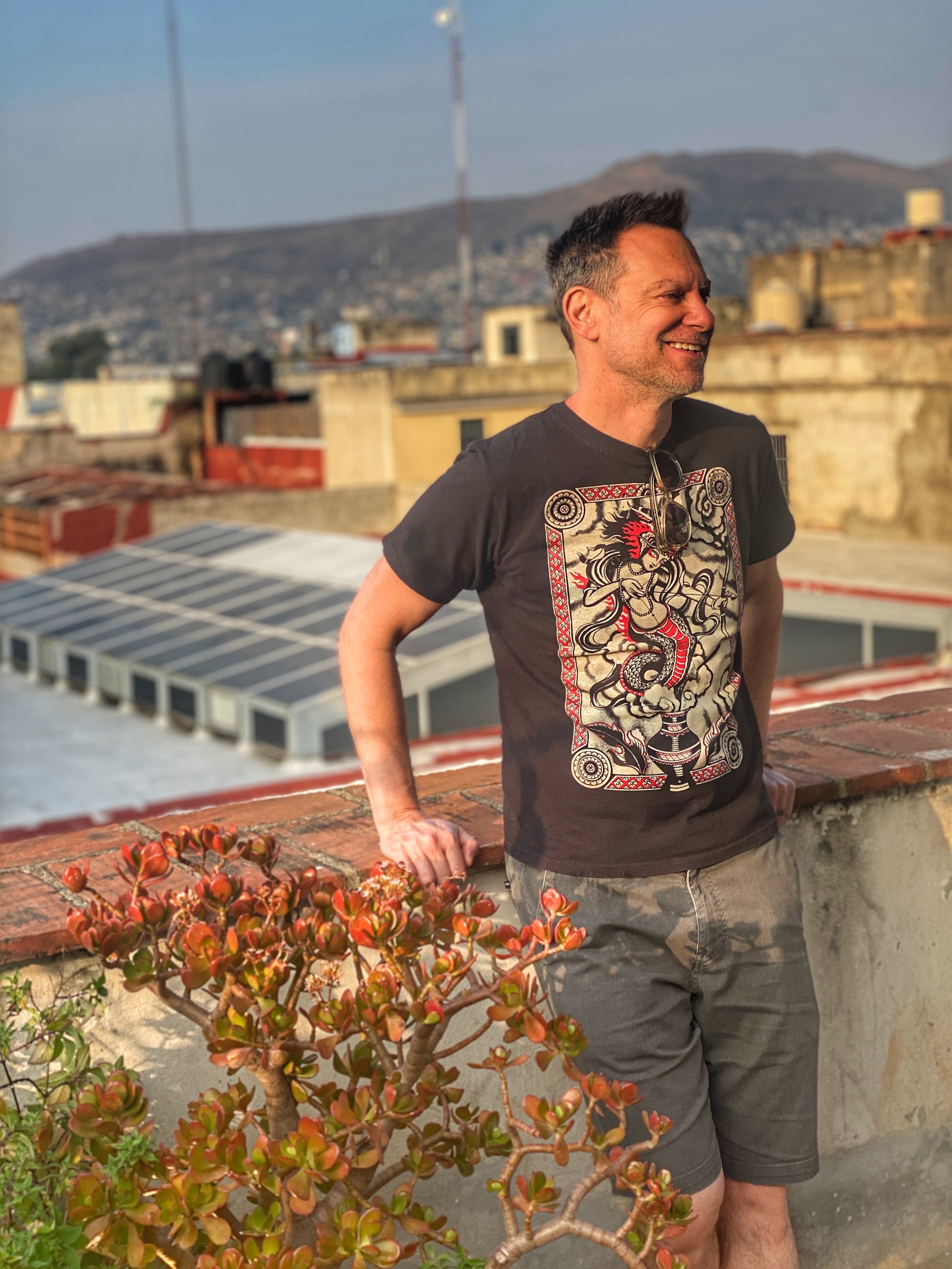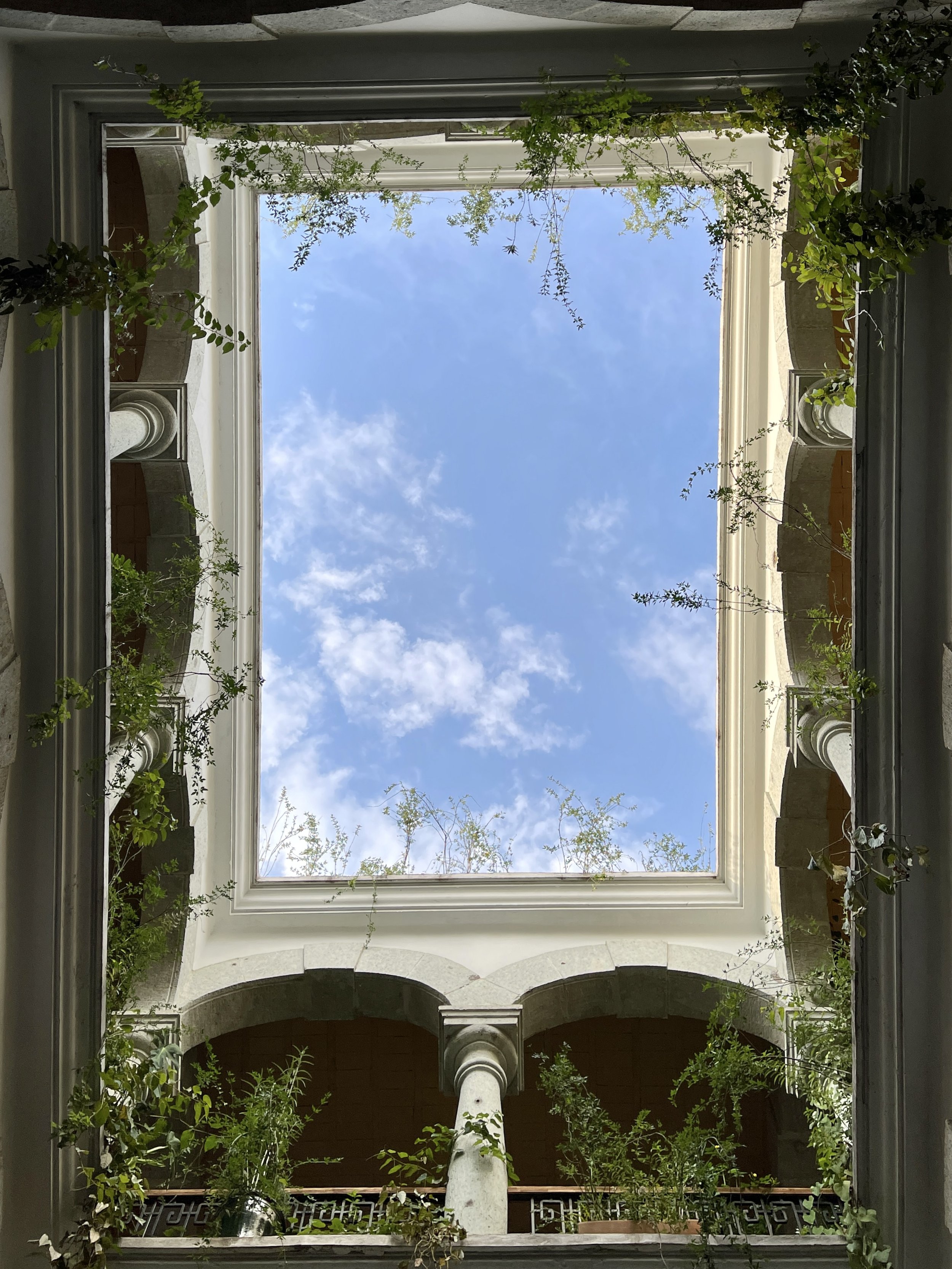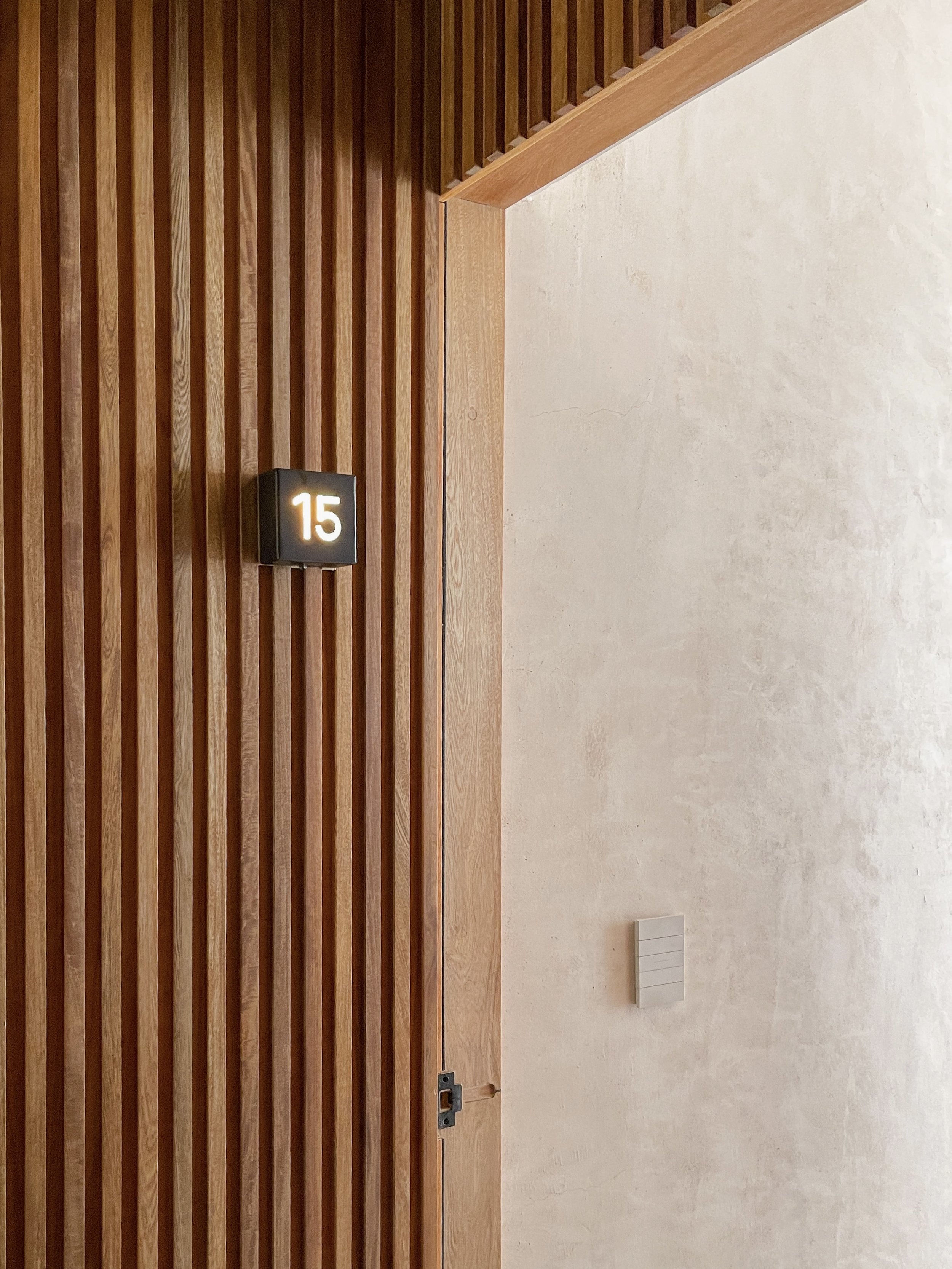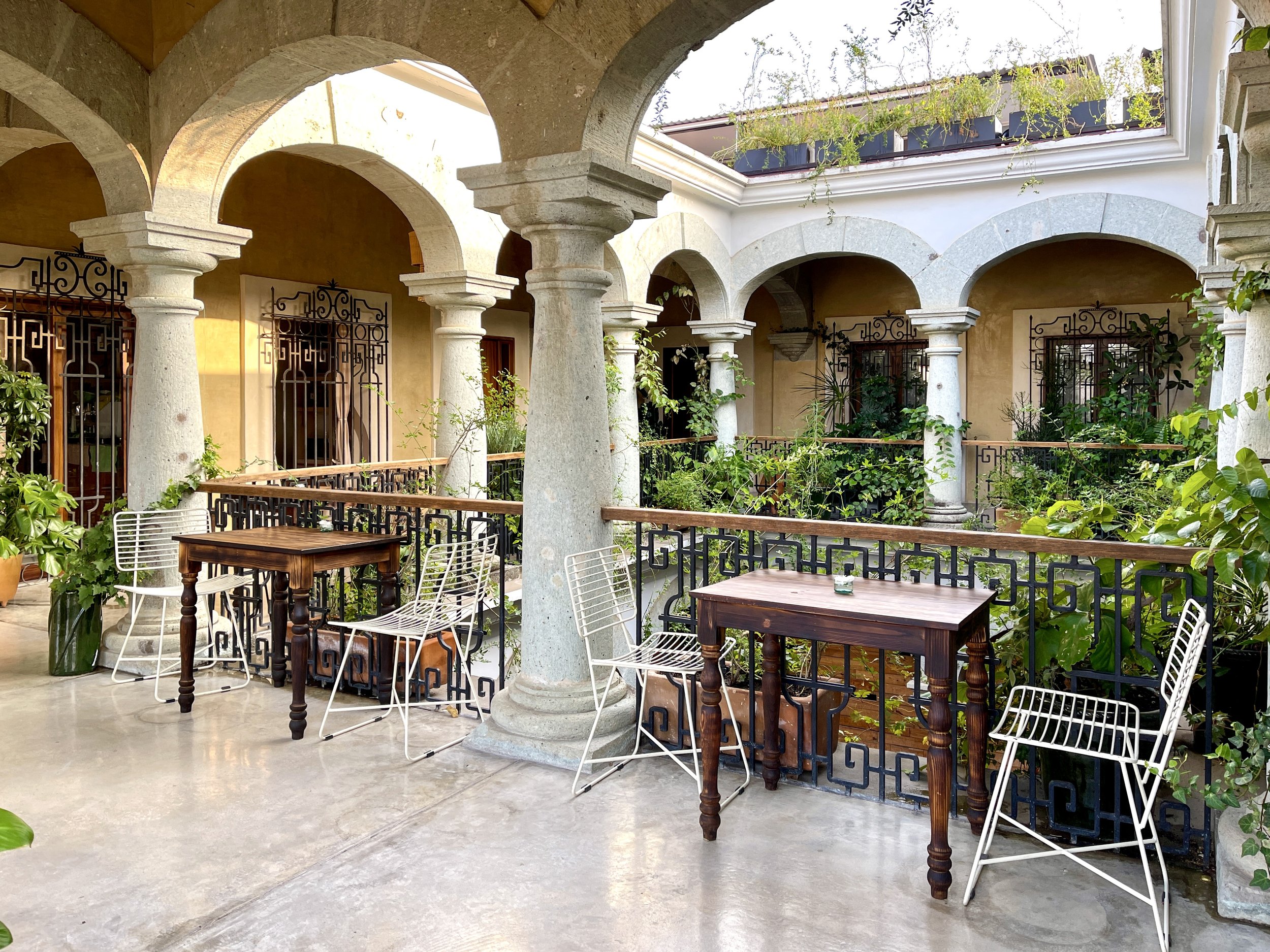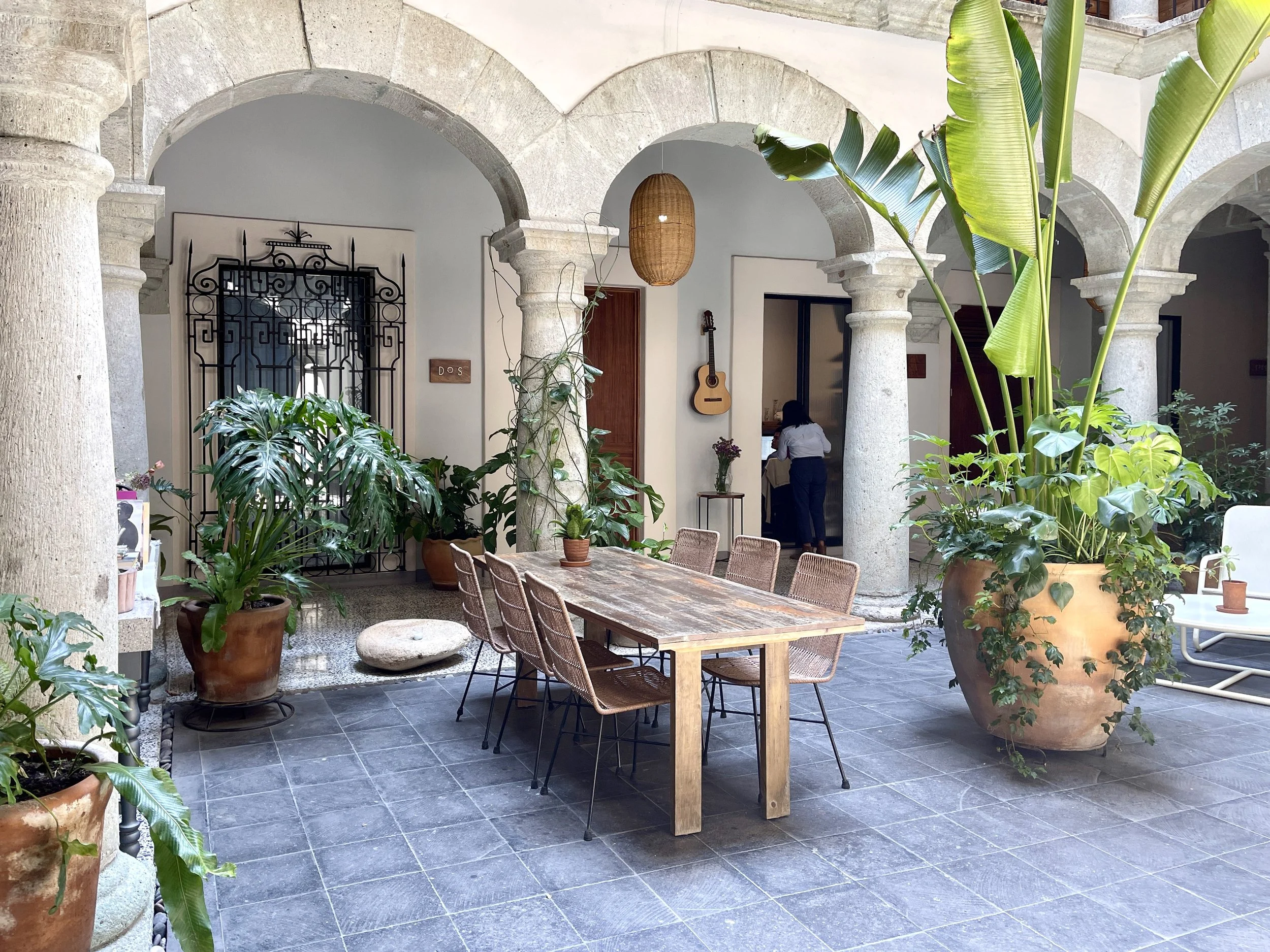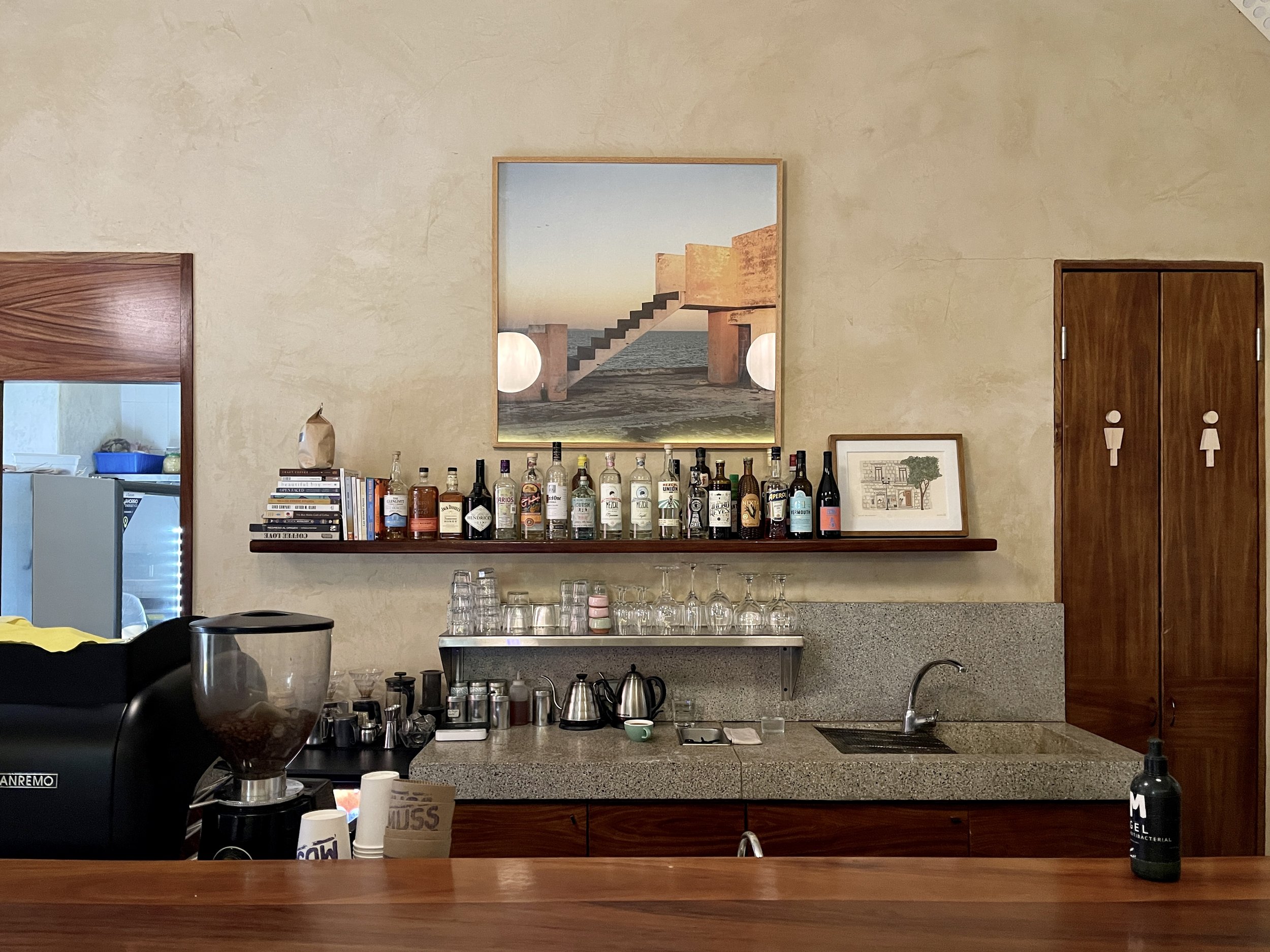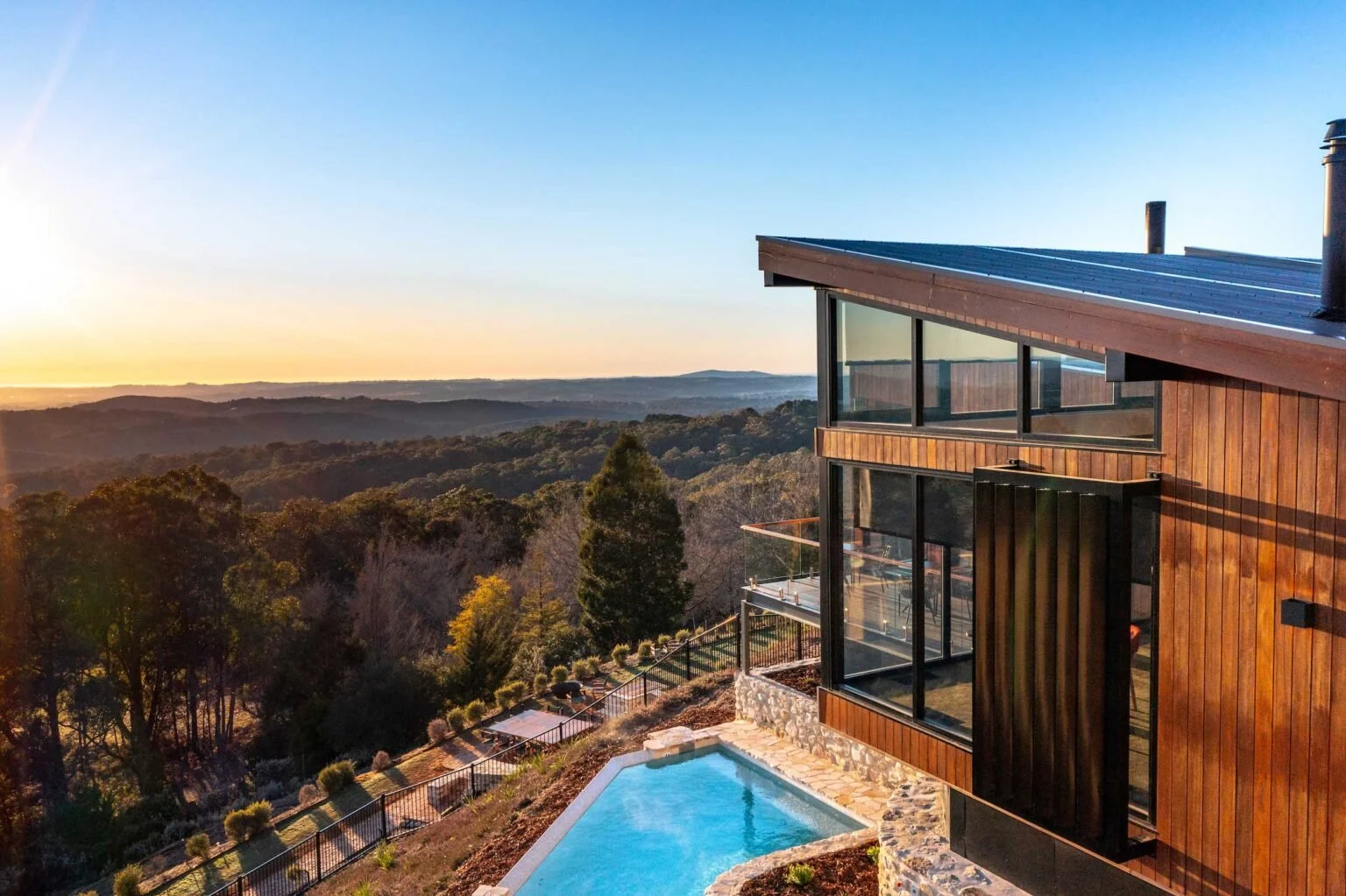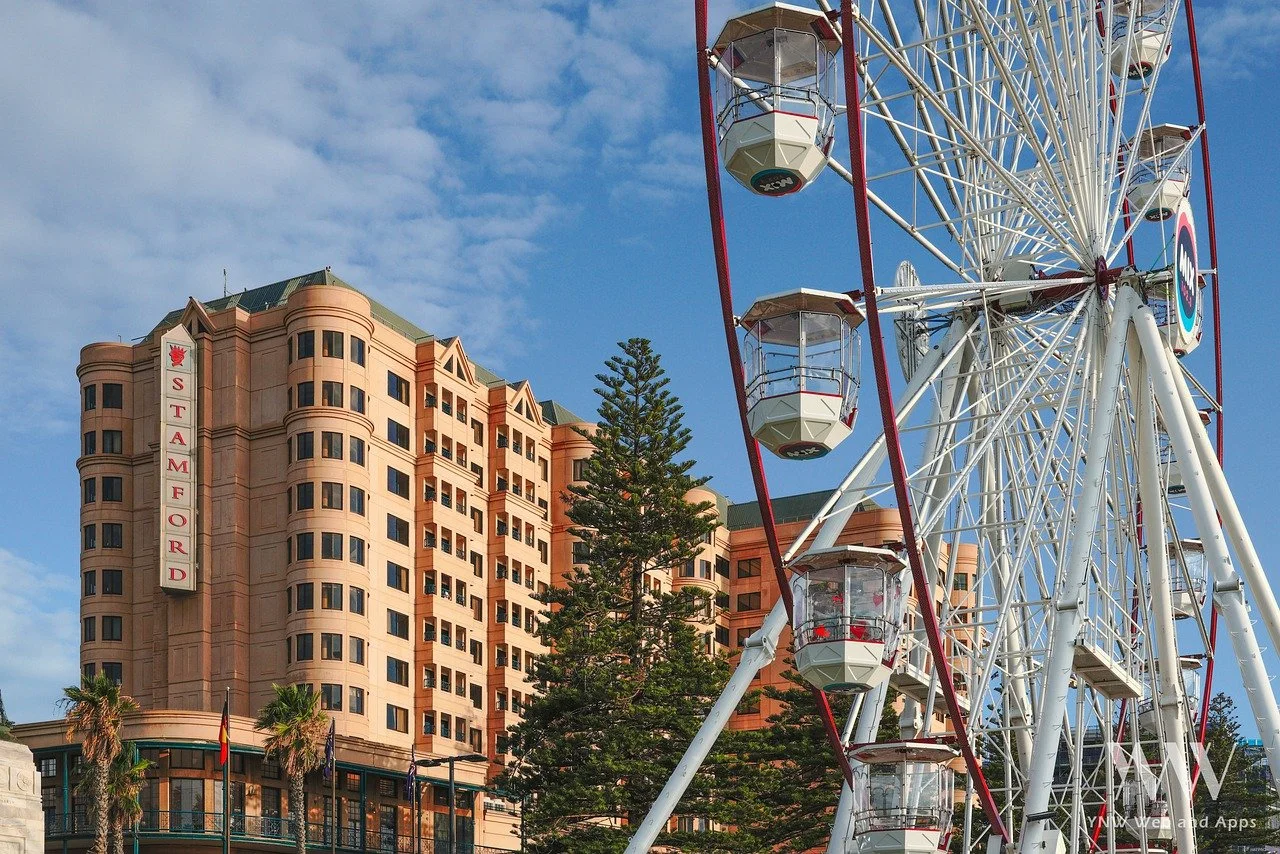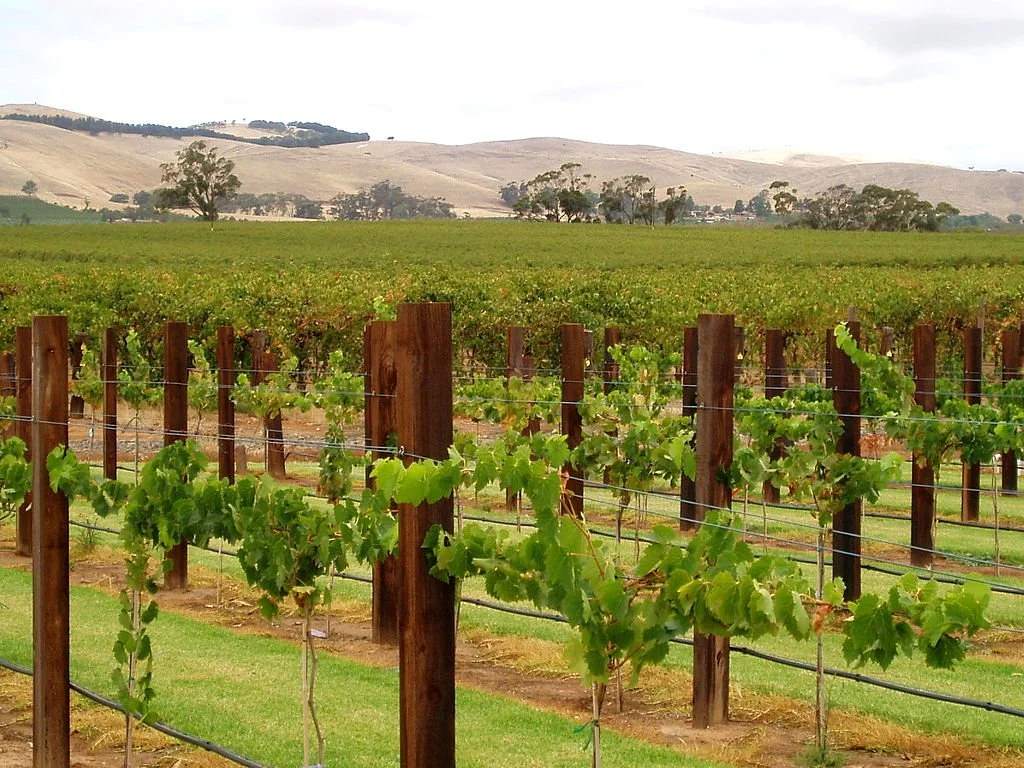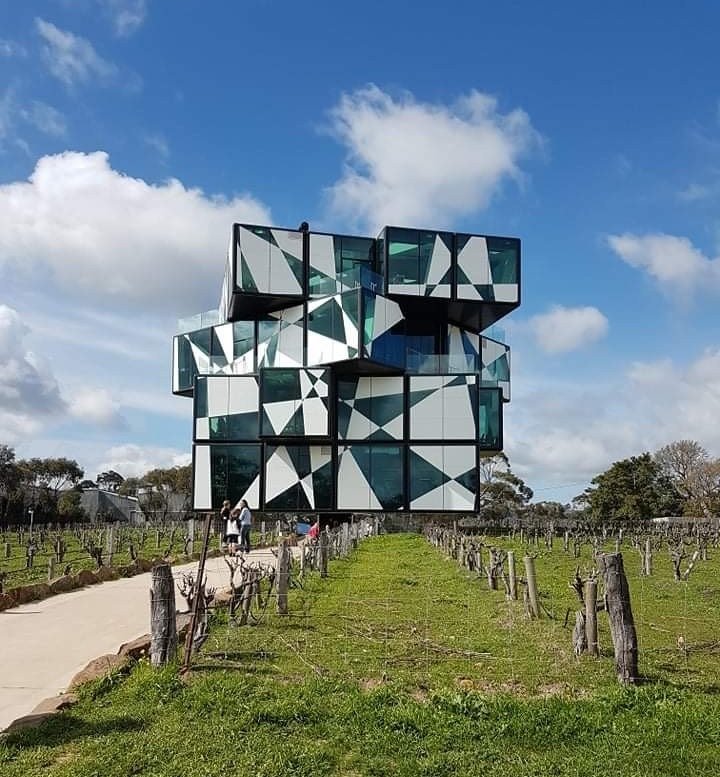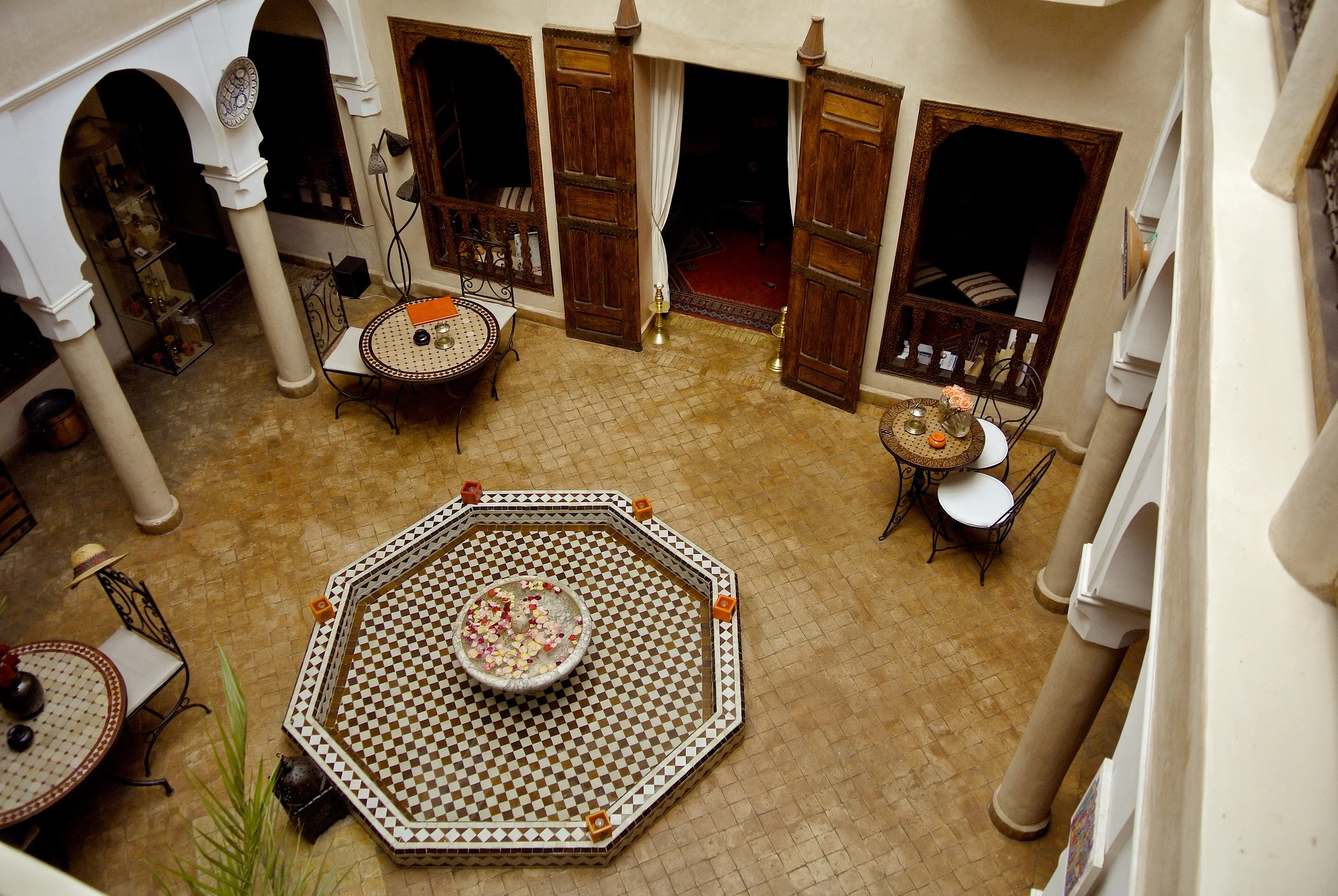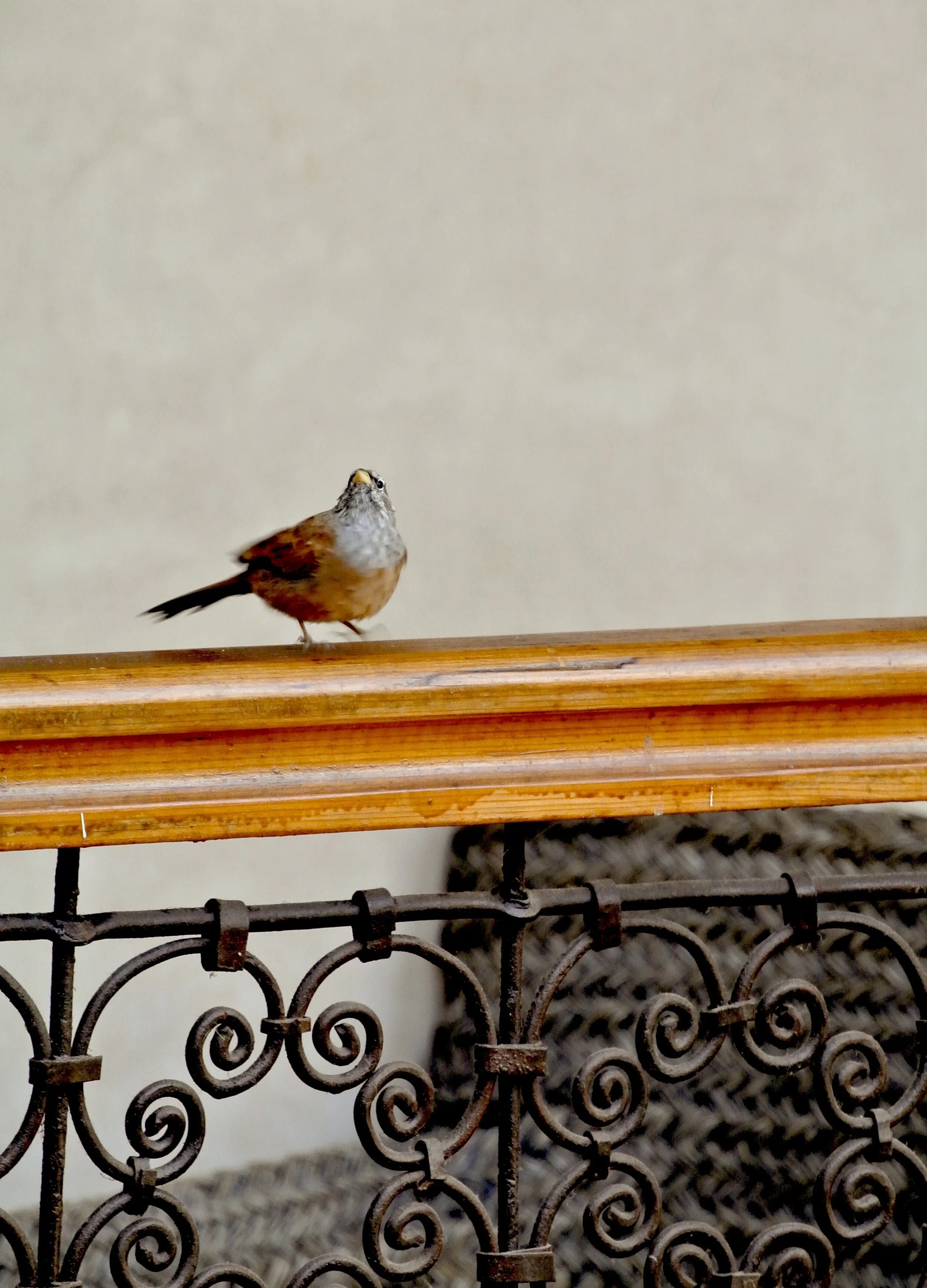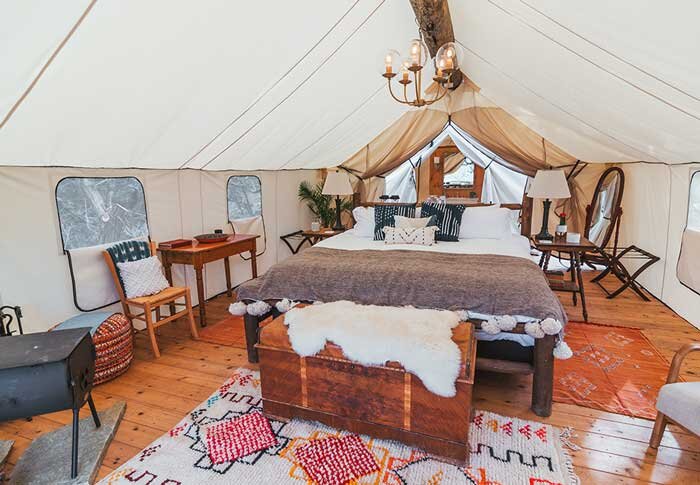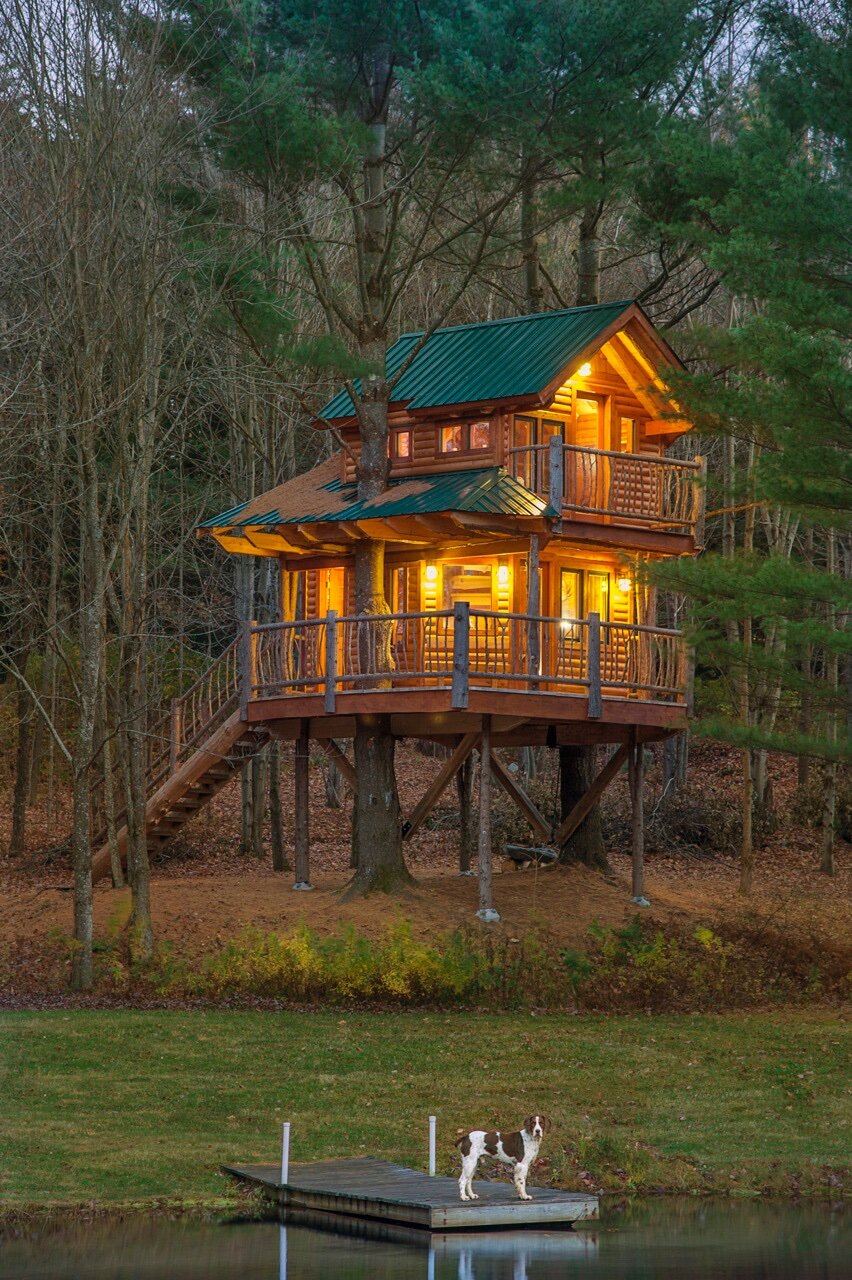Traveling with a pet? From hotels to restaurant patios to transport, here’s the travel advice your dog would tell you if they could.
Oh, you lucky dog! Your human has decided you get to join them on a grand adventure. Whether it’s a road trip, a flight, or a weekend at that place they call a “hotel” (where they inexplicably pay to sleep somewhere else), you’re in for a ride.
“Listen, I love traveling with my human.
But if they don’t follow the rules, us pets might end up banned from places — and that means fewer adventures. ”
But listen, not all humans are great at this whole “traveling with a pet” thing. Some think the world is our personal playground. Others forget that not everyone is thrilled to see our adorable, slobbery faces (weird, right?). So, as the responsible one in this relationship, let me walk you through how to make sure your human doesn’t embarrass you.
Pre-Trip Prep: Making Sure Your Human Gets It Together
Before we even leave, we need to make sure our human has done their homework. Here’s what you need to demand:
Check the rules: Airlines, hotels and rideshares all have different pet policies. Your human needs to read them. We don’t have opposable thumbs, so it’s on them.
Pack the essentials: Food, water, a leash, poop bags, a comfy carrier or blanket, and maybe a toy so you have something to chew on…besides their expensive headphones.
Visit the vet: If we’re flying, crossing borders or just feeling a little “off,” a vet check is a good idea. You never know when travel might cause issues like stress colitis — and no one wants to deal with that mid-trip. Plus, it’s always fun to watch your human panic when they forget to bring proof of vaccinations.
Flying With a Pet: The Sky Is Not the Limit (Unless You Fit Under the Seat)
Okay, let’s talk about air travel. I don’t love it, but if I must be stuffed into a carrier, I expect my human to do the following:
Pick the right spot: Some airlines let dogs in the cabin; others want to chuck us in cargo. Cargo?! You put your luggage in cargo, not your best friend!
Make my crate cozy: If I have to sit in there for hours, at least throw in a blanket that smells like home. Maybe a chew toy. Maybe my favorite sock.
Pre-flight bathroom breaks: I can hold it longer than you think, but come on — nobody wants an in-flight accident.
No mid-air introductions: I get it, I’m adorable. But that doesn’t mean I need to meet every passenger on the plane. Keep me calm, keep me contained, and for the love of bacon, don’t do anything that makes me feel like I have to bark.
Road Trips With a Pet: Open Windows, Sniffing the Breeze and Not Eating the Seatbelt
Ahhh, road trips. The dream: We head out on the highway, wind in my fur, nose detecting every scent for miles. The reality: Humans often forget the basics:
Buckle up: No, I will not sit on your lap while you drive. Yes, I do need a harness or a crate. Safety first.
Gimme breaks, please: I love a long drive — but not so long that I start considering peeing in the cup holder. Stop every couple of hours.
Provide snacks and water: If you’re munching on gas station snacks, I want something too. Fair is fair.
Music matters: Maybe don’t blast heavy metal for eight hours straight? A little classical, some soft rock — I have refined tastes.
Public Transit and Rideshares With a Pet: Navigating the Human World
Some places let us ride the train, bus or even an Uber. But let’s not give other dogs a bad name:
Stay in the carrier (if required): No one wants my fur in their morning coffee.
Help me stay in chill mode: I won’t bark, growl or give stink-eye to other passengers if you keep me calm.
Respect people’s space: Some humans get real weird about sitting next to a dog. That’s their loss.
Hotels and Airbnbs With a Pet: New Place, Same Rules
Your human booked us a stay somewhere fancy? Nice. But they need to remember:
Not every hotel loves dogs: Just because we’re cute doesn’t mean we’re automatically welcome.
Respect the property: No chewing the furniture, no marking new territory indoors.
No midnight zoomies: Apparently, running full speed across the room at 3 a.m. is “disruptive.” Who knew?
Tip the housekeeping staff: If I shed all over the place, my human better leave a little extra cash.
Restaurants and Cafés With a Dog: The Ultimate Test of Restraint
Ah, the café patio — the place where humans gather to drink overpriced coffee while we sit quietly and judge them. Let’s make sure we stay welcome:
Leash up: Help me with temptation. Don’t let me run free.
No begging: Keep an eye on me. Even if that steak smells amazing, I will try my best not to stare at the diners like they owe me something.
No table hopping: I get it — some humans look friendlier than others. But I can’t just wander over and get up in a stranger’s business, no matter how much I want to say hi.
Be the Goodest Boy (or Girl) and Make Travel With Pets Easier
Listen, I love traveling with my human. But if they don’t follow the rules, we might end up banned from places and that means fewer adventures. So here’s the deal:
Be respectful.
Follow the rules.
Leave no trace (aka no fur, no mess, no complaints).
Because if we do this right, more places will keep their doors open to us. And that means more road trips, more vacations, and more sniffing exciting new things. What more could a dog ask for?
Now, where’s my treat for being such a good travel buddy? –As told to Wally




